EU DAC 9 Directive: Key Changes for MNEs under Pillar 2 Global Minimum Tax
-bbrdfmm9qf.webp)
Following the adoption by the European Council on April 14, 2025, the Council Directive (EU) 2025/872 of 14 April 2025 amending Directive 2011/16/EU on administrative cooperation in the field of taxation, also known as the DAC 9 Directive, was published in the Official Journal of the EU on May 6.
The DAC 9 aims to simplify the reporting for the large groups required under the OECD's Pillar 2, commonly called the global minimum tax set at a 15% rate.
Impact of DAC 9 on Taxable Persons
The DAC 9 rules provide an exemption for multinational enterprise groups (MNEs), which, under the Pillar 2 rules, must submit a GloBE Information Return (GIR) to their Tax Authority. Therefore, the local entity is exempt from filing if the GIR is submitted by the ultimate parent or a designated entity in a jurisdiction with a qualifying agreement with the EU country where the MNE is based. This is known as the central filing approach.
As part of the steps to support this system, DAC 9 aims to establish the necessary agreements between EU countries, thus enabling central filing. Additionally, it sets the mechanism for data exchange so that the national Tax Authorities can share relevant information about the GIR and any other necessary data.
Furthermore, under DAC 9, EU countries must ensure that entities fulfilling filing obligations use a standardized template, the top-up tax information return (TTIR), for reporting under the global minimum tax framework.
The Directive came into effect on May 7, 2025, and underlines that EU countries have until December 31, 2025, to adopt and publish necessary laws, regulations, and other legal provisions to implement DAC 9 into national legislation and comply with rules. The deadline for transposing DAC 9 into national law also applies to countries that opted to delay the implementation of the Directive, such as Malta.
First GIR is due by June 30, 2026, and EU countries will have six months to communicate relevant information. However, the six months are defined only for the first fiscal year of reporting. The general rule applicable for the following reporting period will be three months.
Conclusion
MNEs with a combined annual group turnover of at least EUR 750 million that fall under the scope of the Pillar 2 Directive, which implemented the OECD global agreement on international tax reform into the EU regulatory framework, now have a simpler way to reach compliance under DAC 9.
Therefore, MNEs should carefully examine the defined rules and regulations and prepare their system to report required data in the necessary format to the Tax Authorities.
Source: Council Directive (EU) 2025/872 of 14 April 2025 amending Directive 2011/16/EU on administrative cooperation in the field of taxation (DAC 9 Directive), European Council, VATabout - EU DAC 9

Featured Insights

Angola’s E-Invoicing Mandate: Phased Implementation Continues Into 2026
🕝 December 10, 2025
VAT Deduction and Business Succession: When Do Advisory Costs Serve the Company’s Interest?
🕝 December 8, 2025
Europe’s Plastic Fiscal Shift: Why Italy’s Plastic Tax Now Starts in 2027
🕝 December 3, 2025
The Decline of Low-Value Import Exemptions: Closing Gaps in Cross-Border E-Commerce
🕝 November 20, 2025More News from Europe
Get real-time updates and developments from around the world, keeping you informed and prepared.
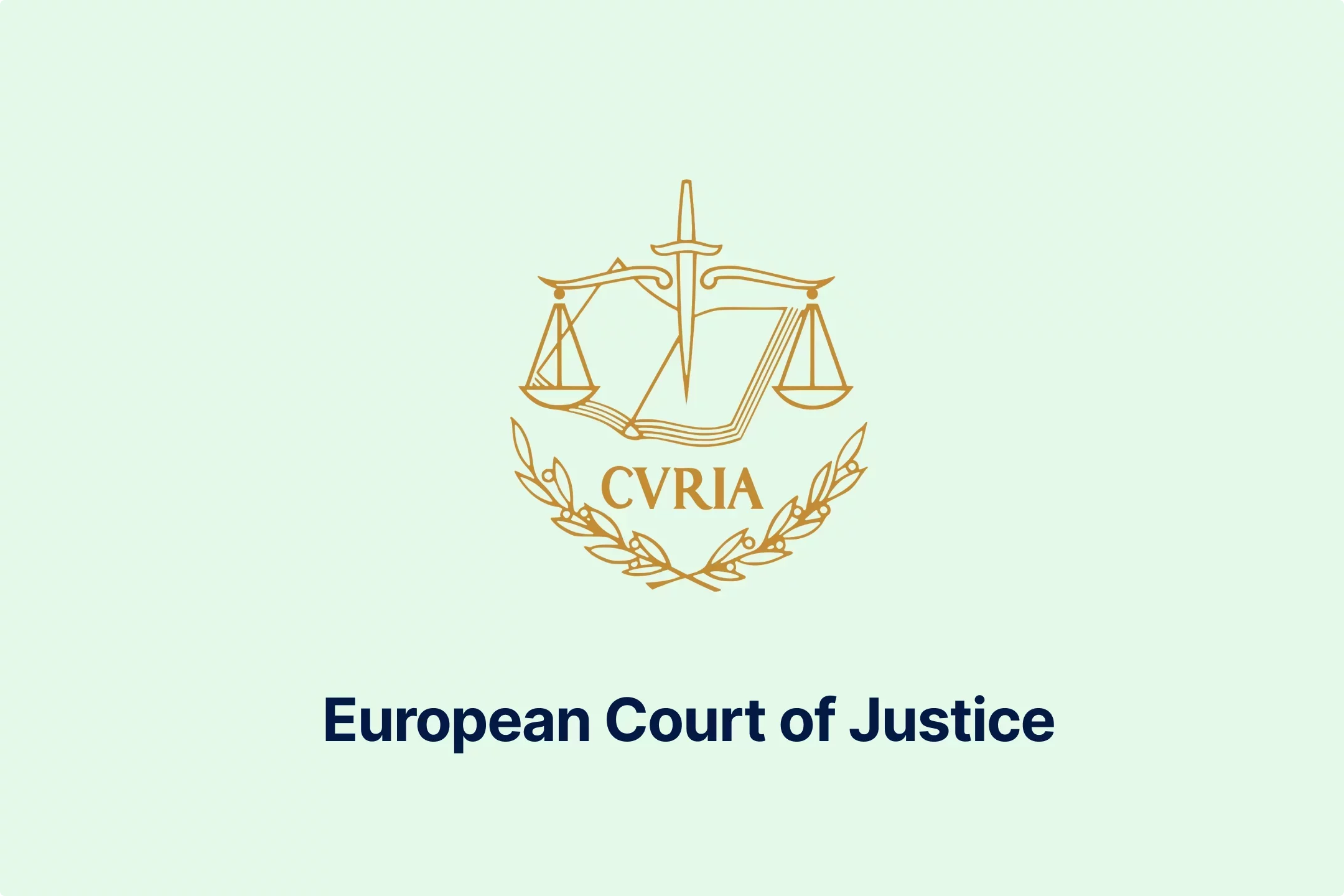
EU Law Primacy in VAT: ECJ Rules on Hungarian National Practice
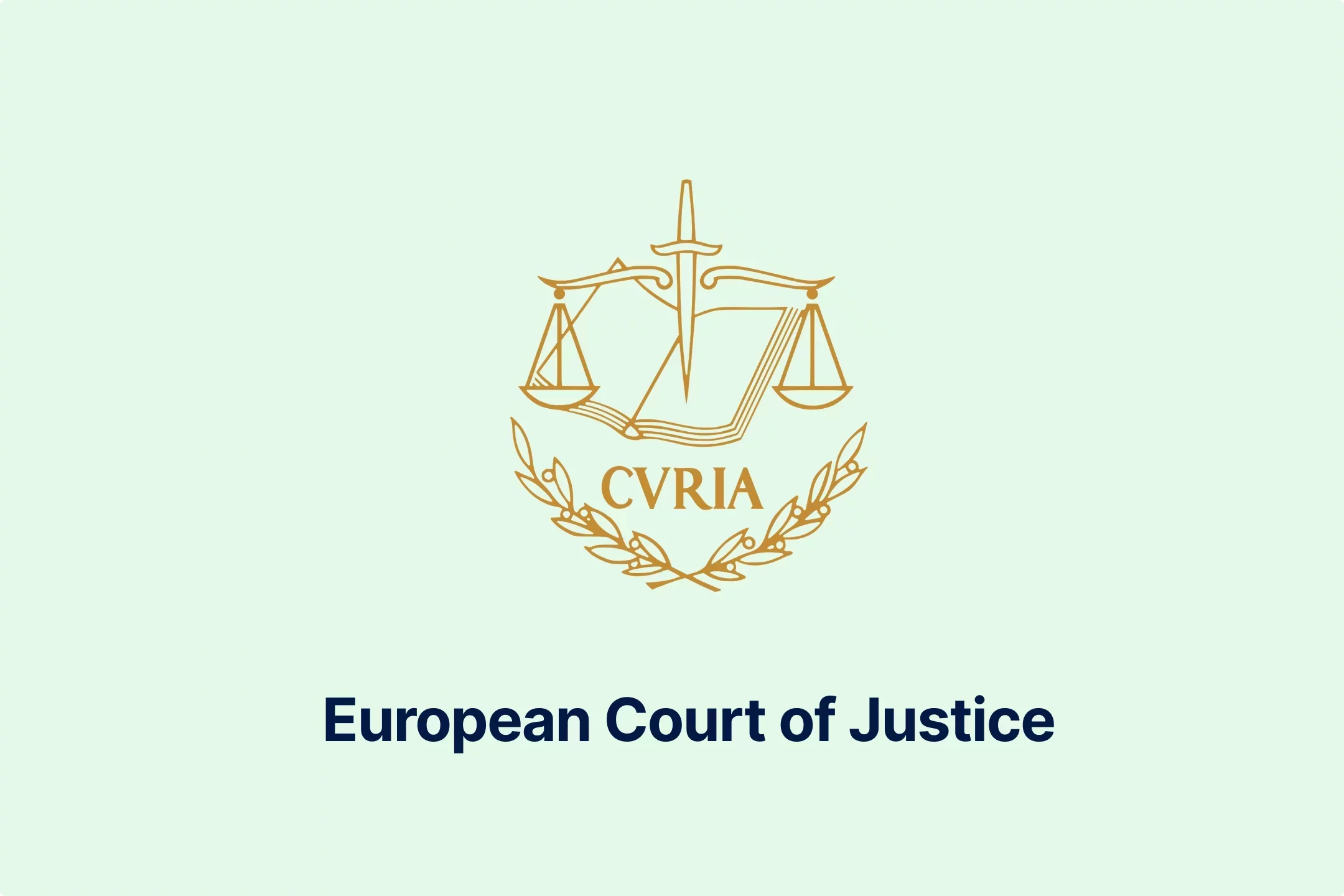
Appstore VAT Ruling: Who owns your In-App Purchase tax? C-101/24
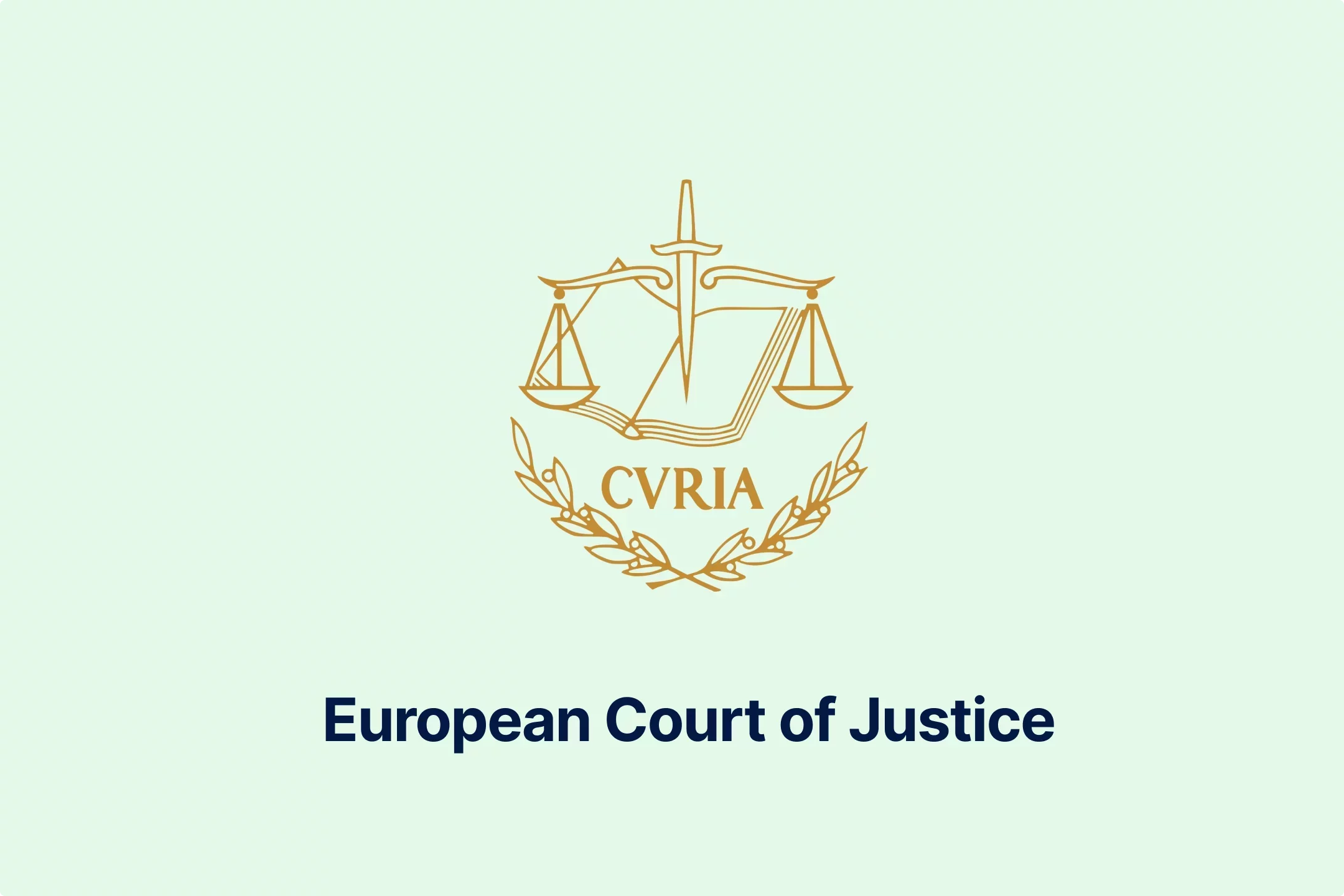
VAT Treatment of EU-Funded Projects for Non-Profit Associations

Right to Deduct VAT on Fixed Asset Reconstruction: Court Ruling
-7xsxxoypnx.webp)
Italy’s EUR 1 Billion VAT Dispute with Meta, X, and LinkedIn Explained
-l0zcrrzvhb.webp)
EU 5% Digital Service Tax Could Generate EUR 37.5 Billion: CEPS Study

Restrictions on VAT Deduction: Key Legal Cases & Compliance Insights
-qsozqjwle2.webp)
EU Parliament Approves ViDA: VAT Reforms & Digital Tax Compliance
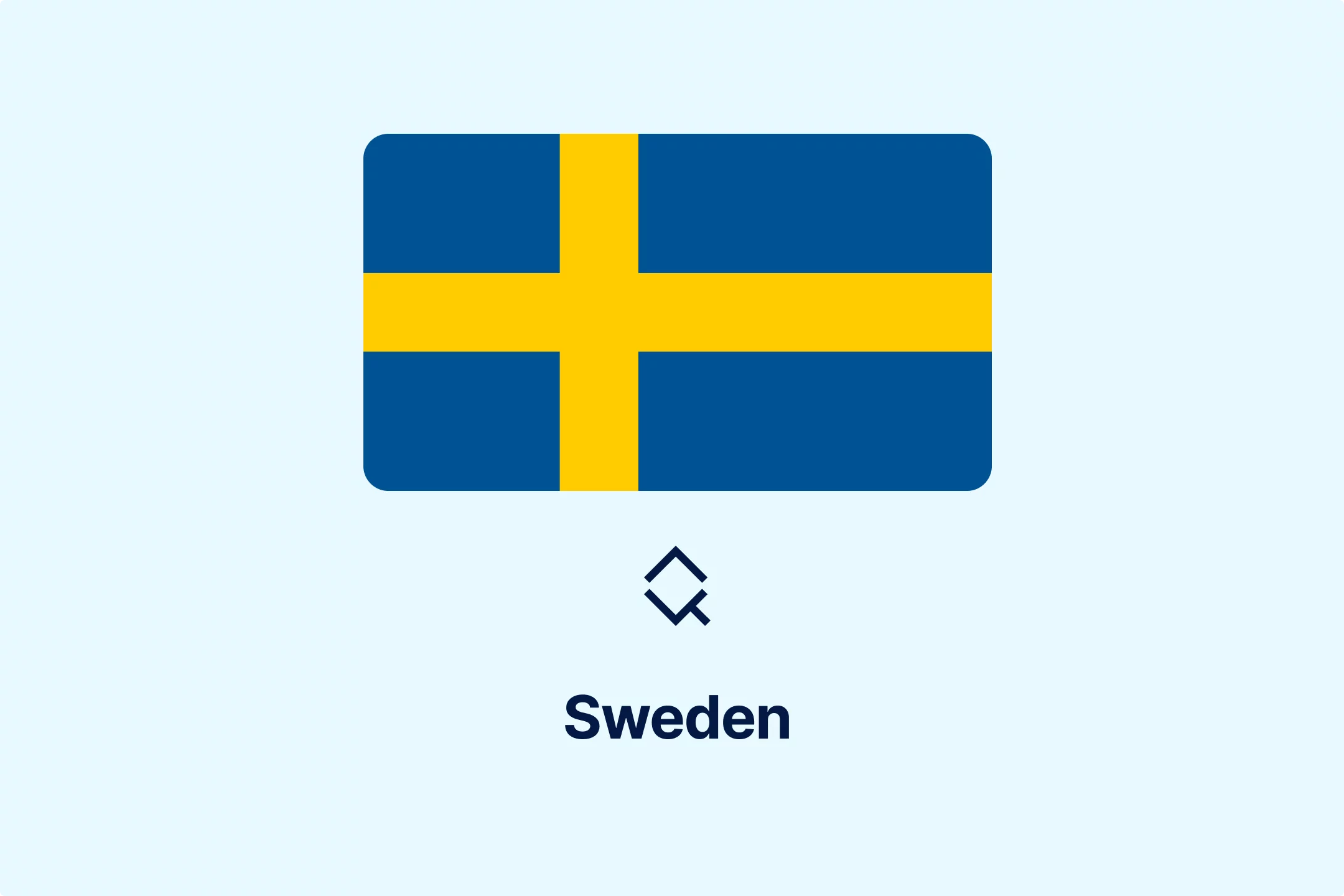
-e9lcpxl5nq.webp)

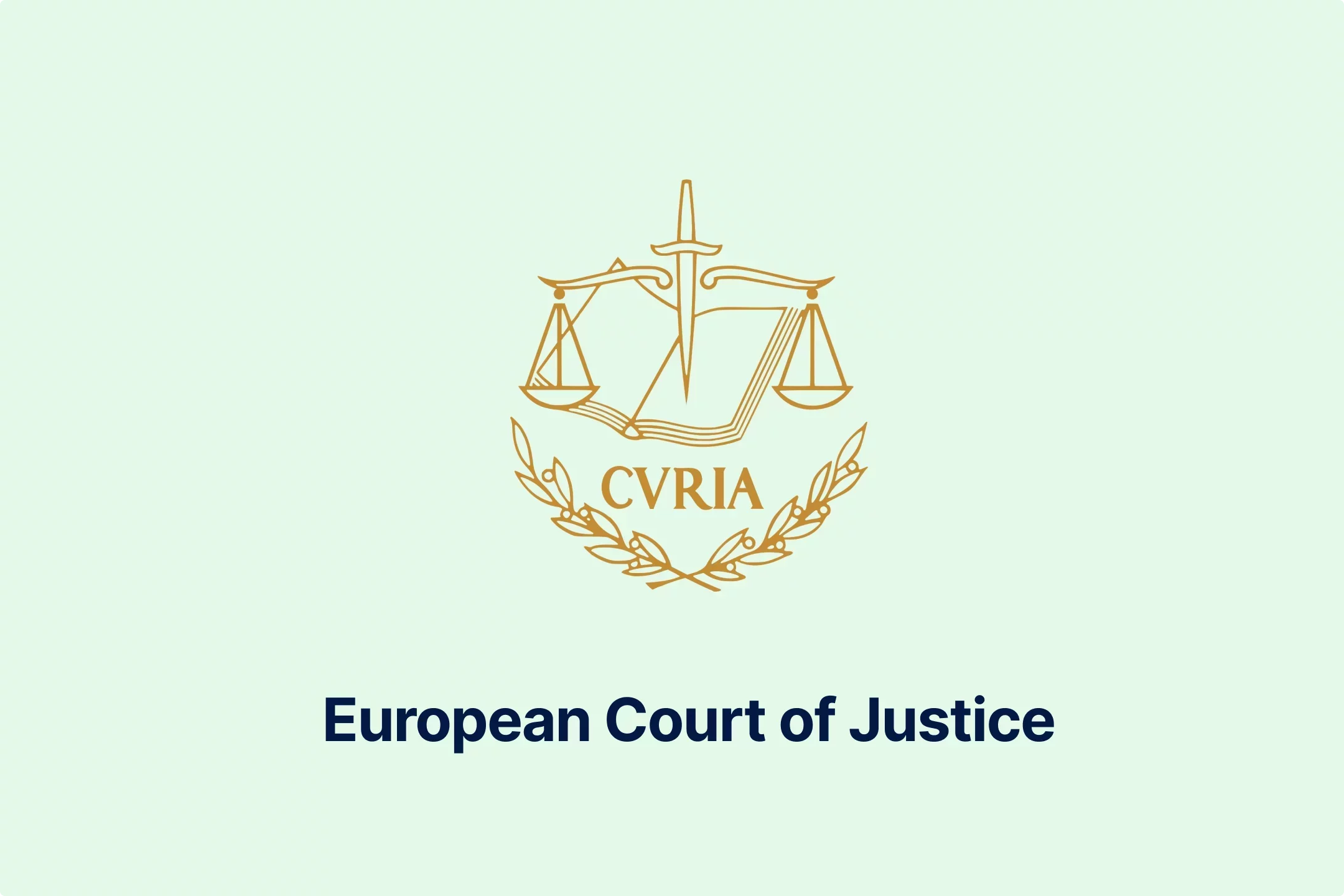
-lcgcyghaer.webp)
-ol6mdkdowg.webp)
-aqdwtmzhkd.webp)
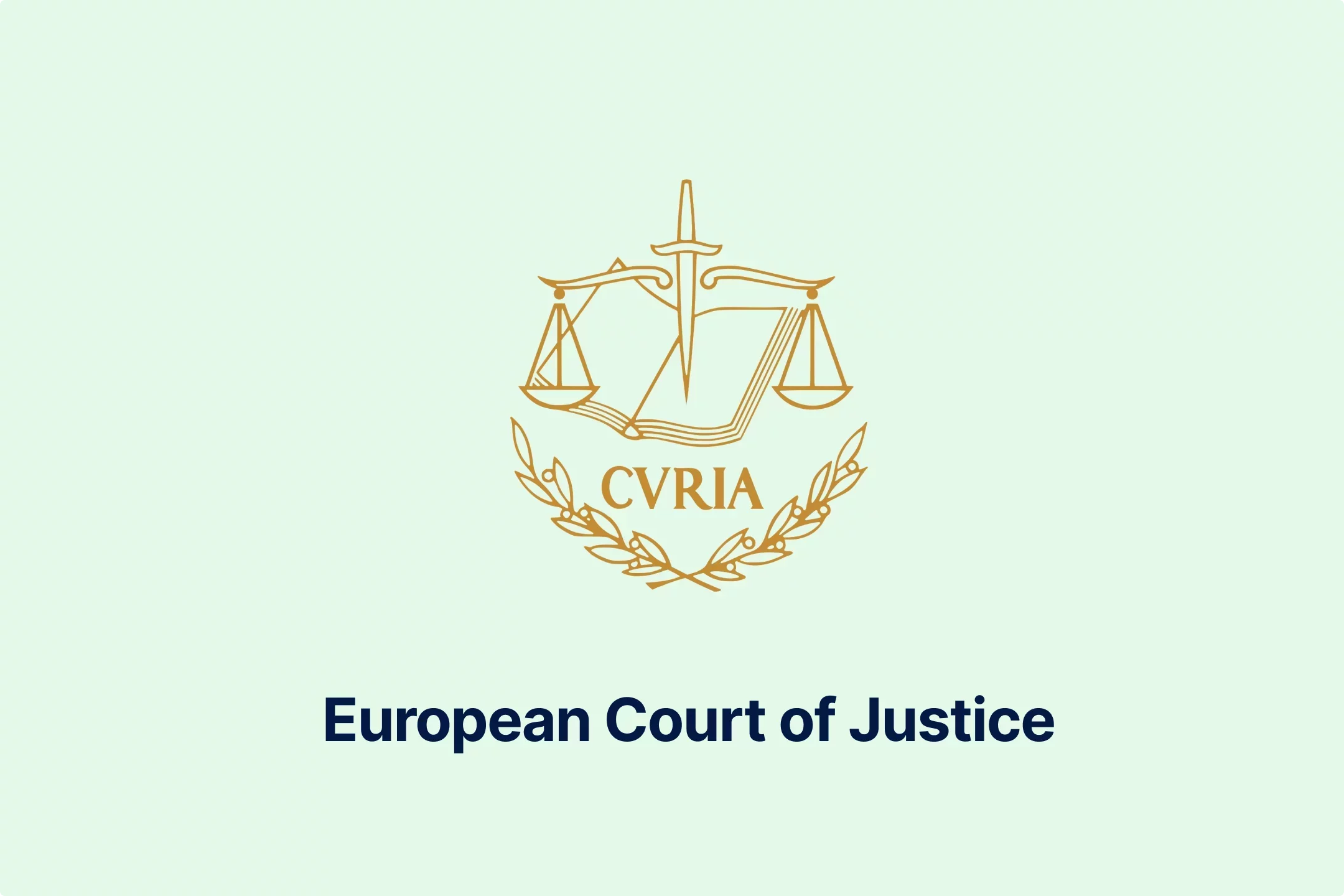
-njgdvdxe2u.webp)
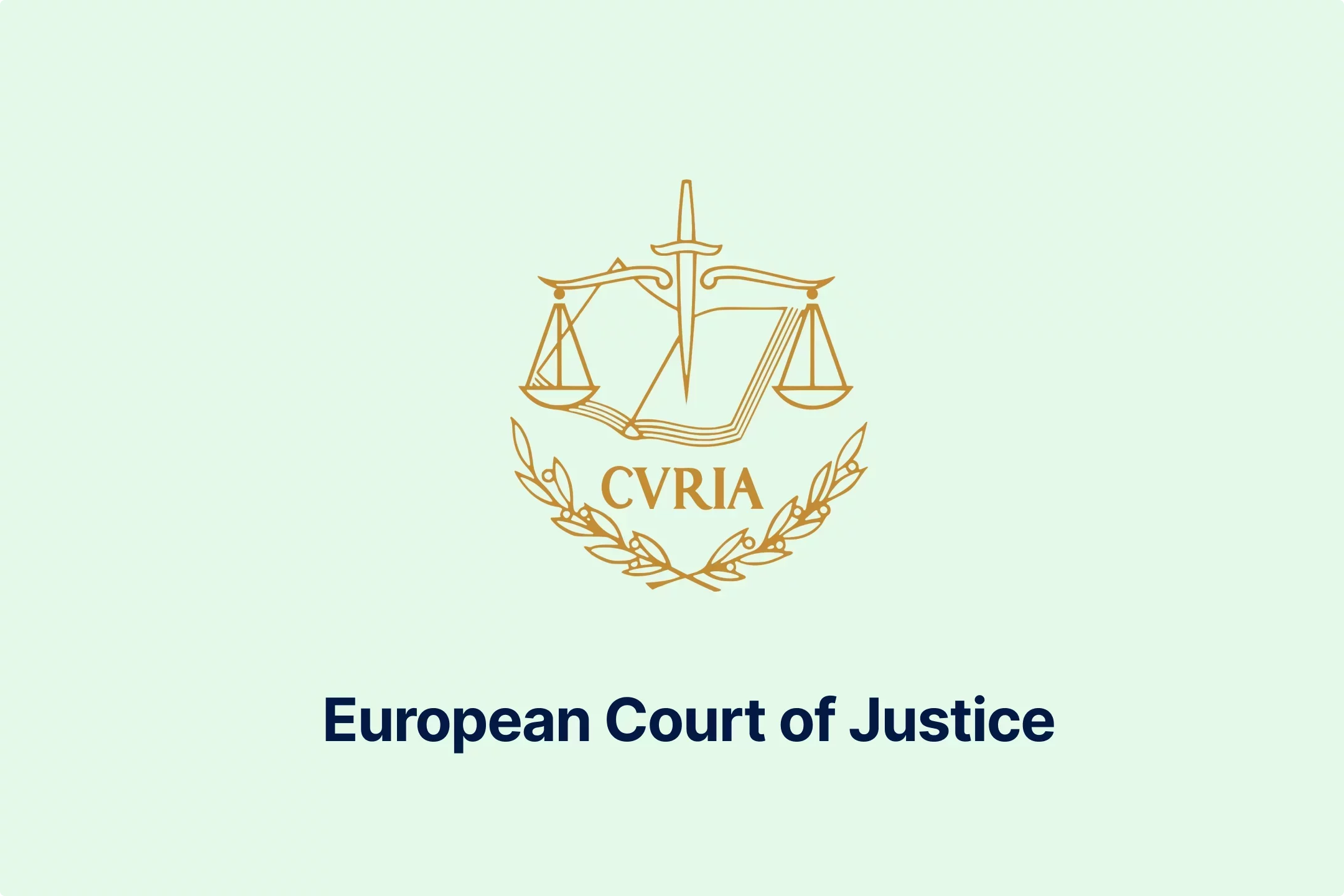


-i6rki3jbad.webp)
-hdwgtama05.webp)
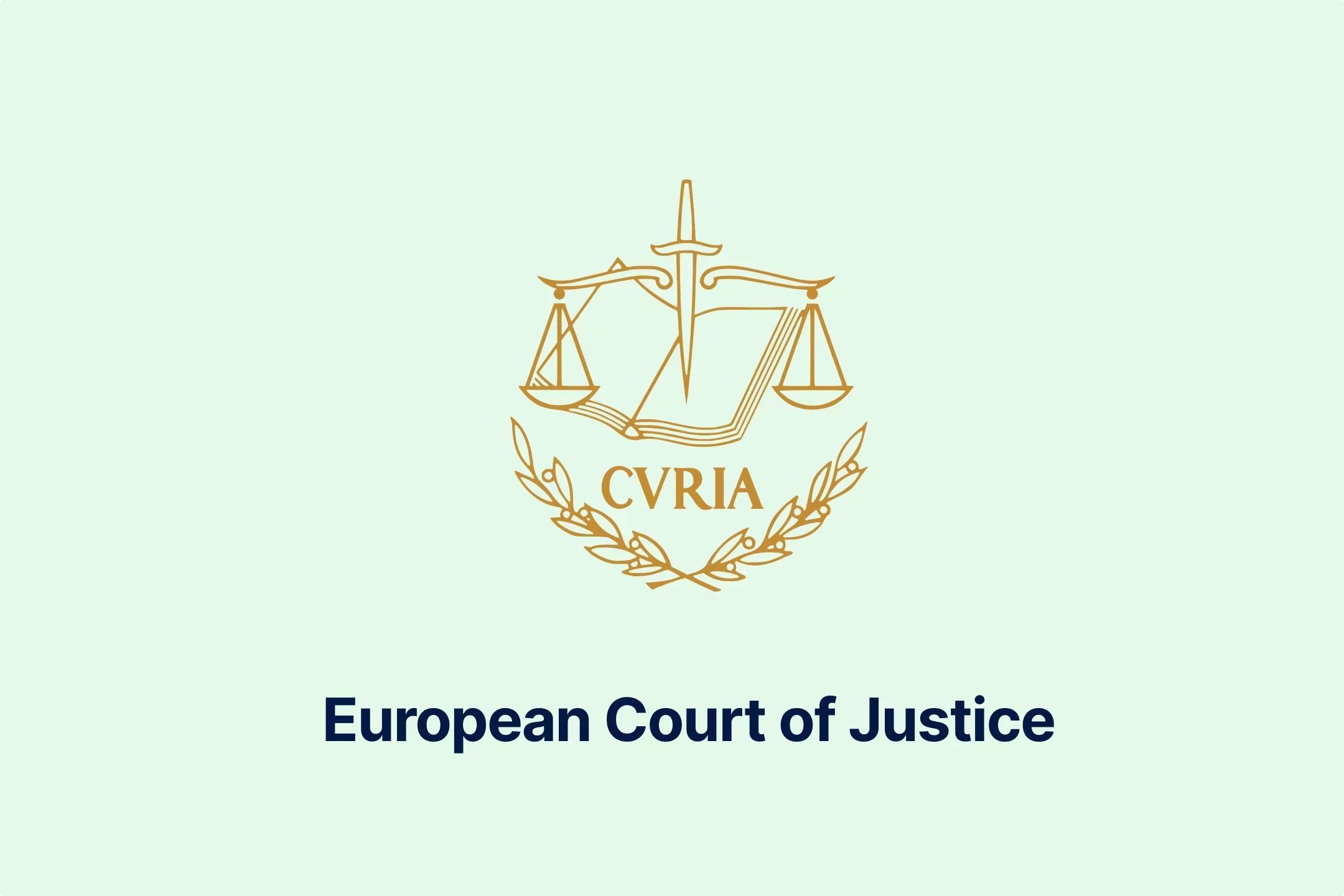
-atbhy5fyxv.webp)
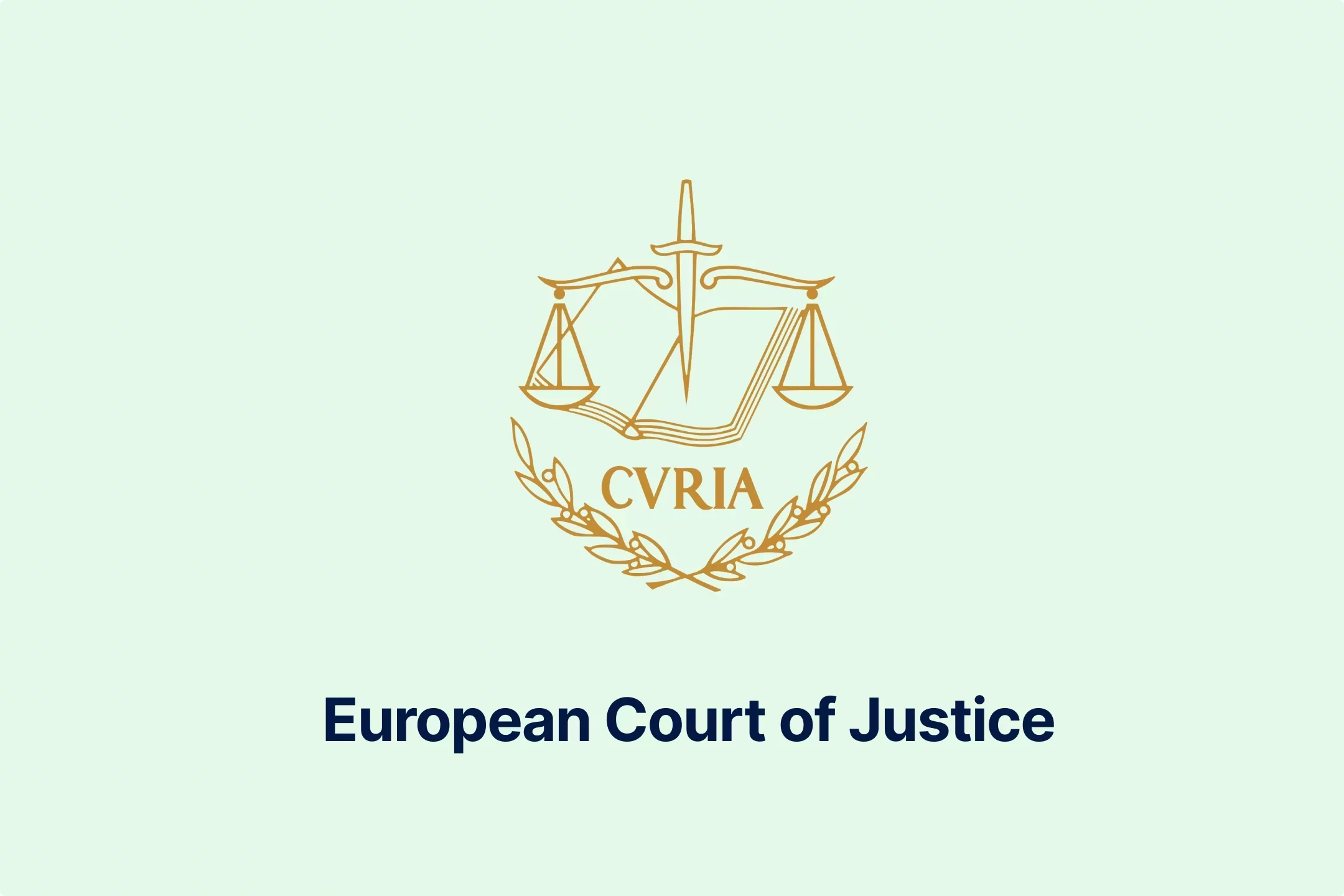
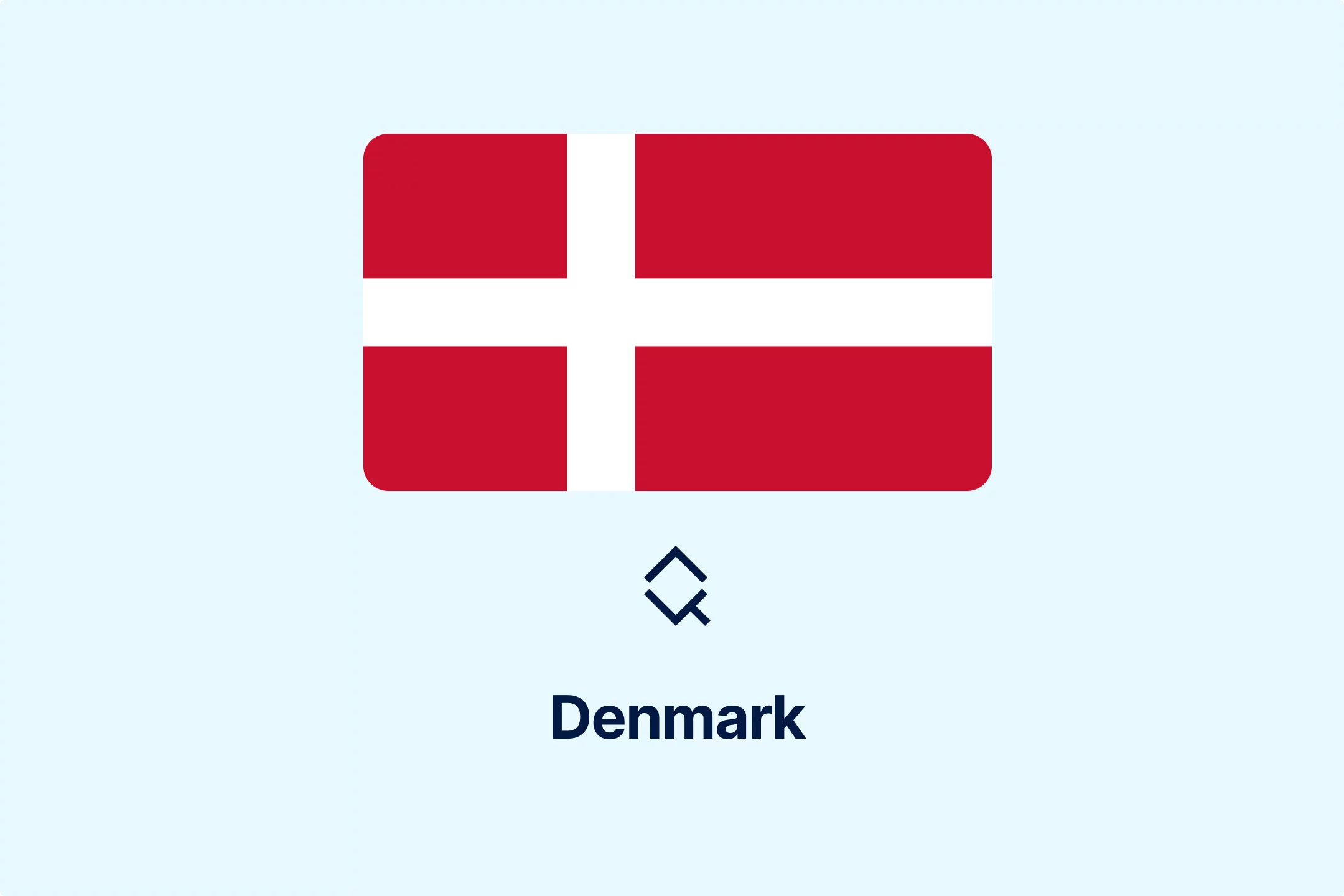

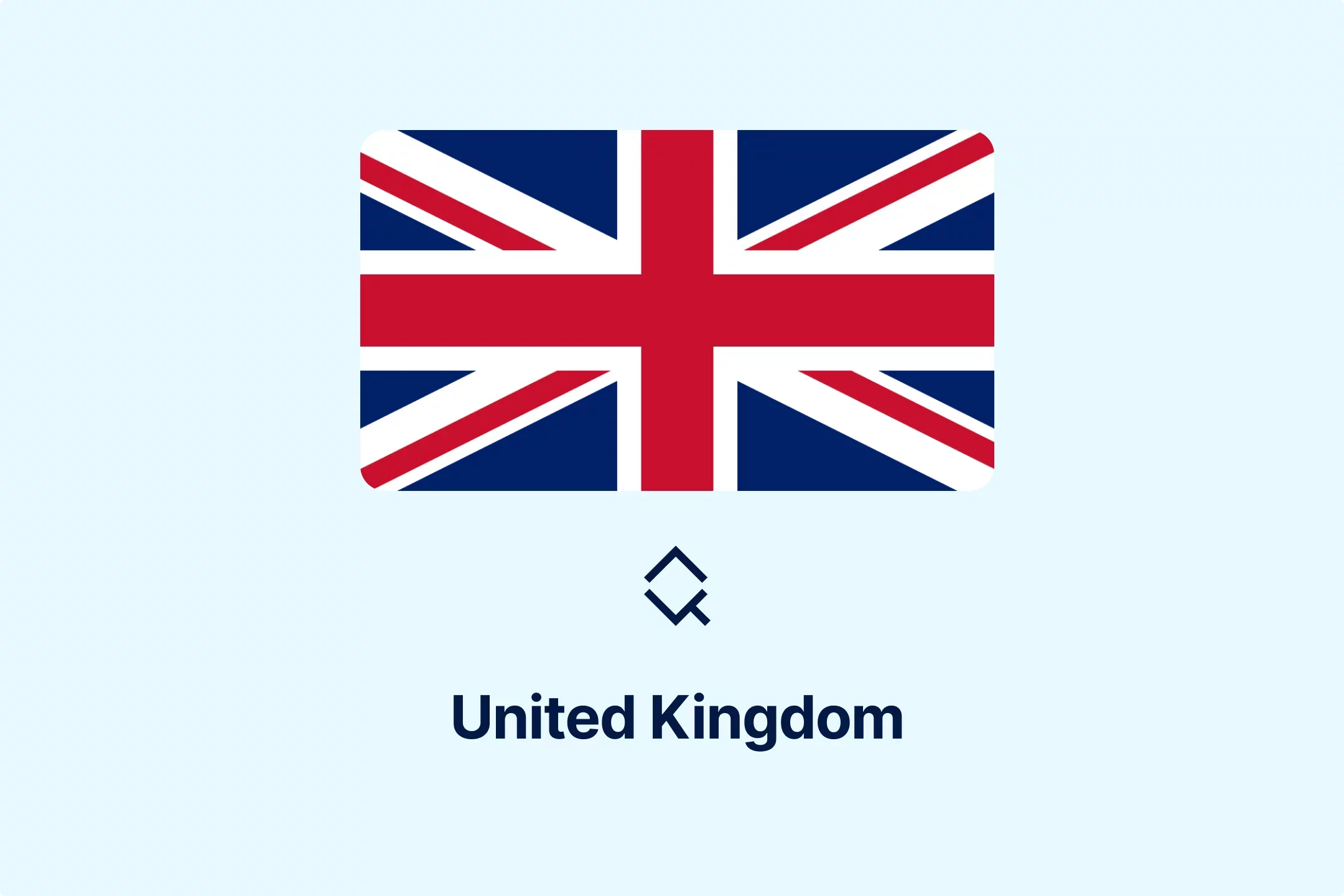
-zp2n6zixoa.webp)
-oa1ynbm4sn.webp)

-lltkno6txy.webp)


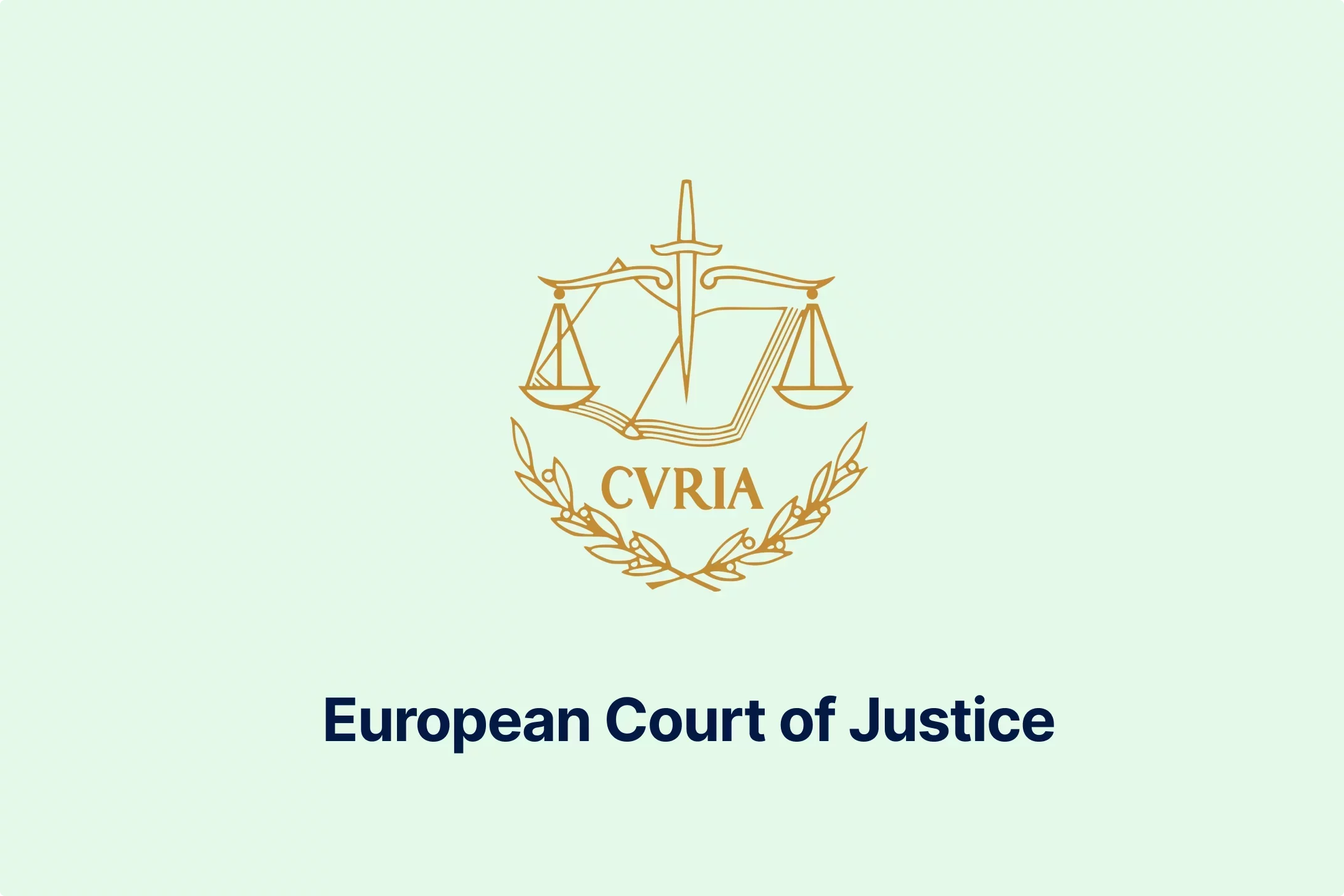
-do38odrqnq.webp)
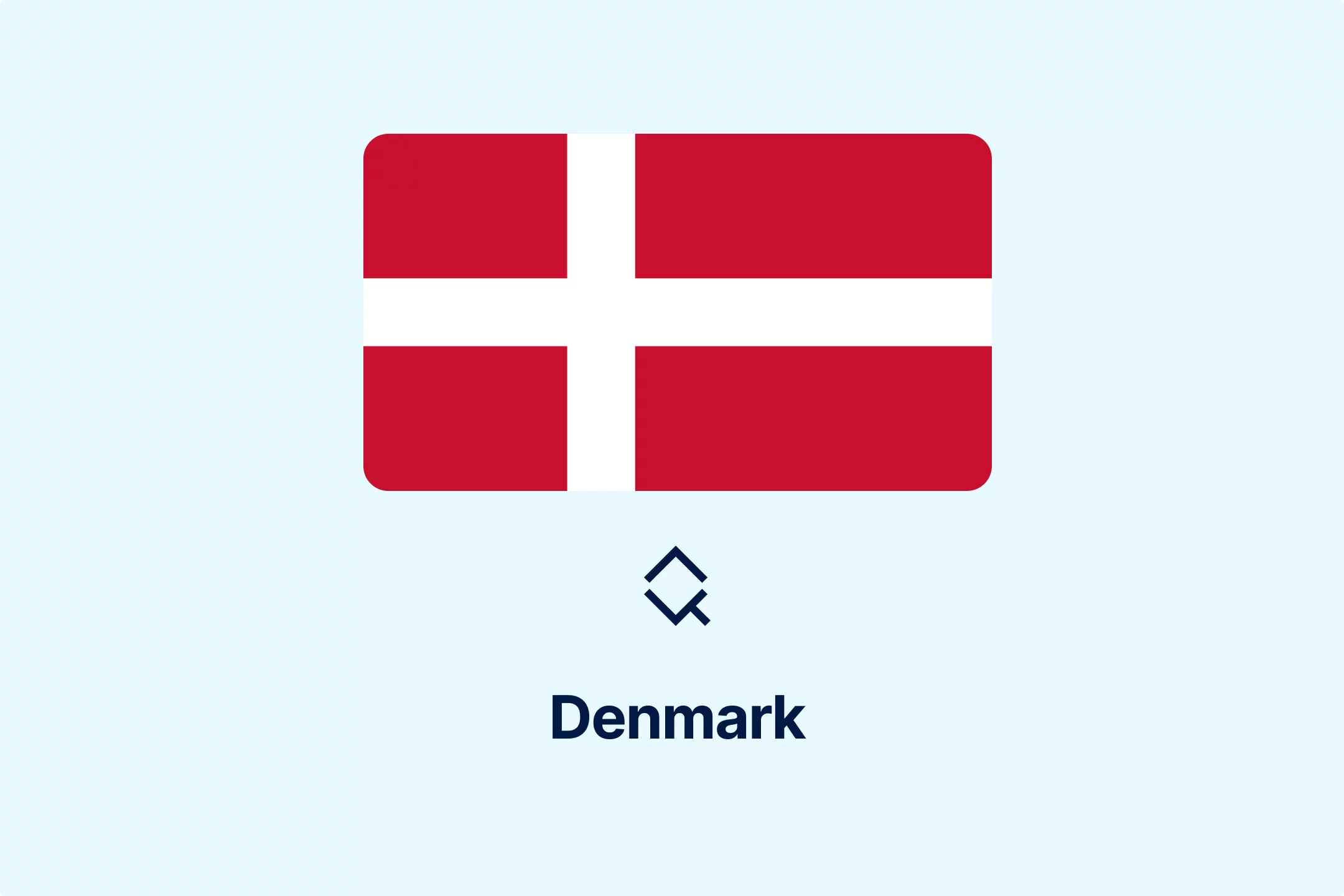
-t409oldqzt.webp)
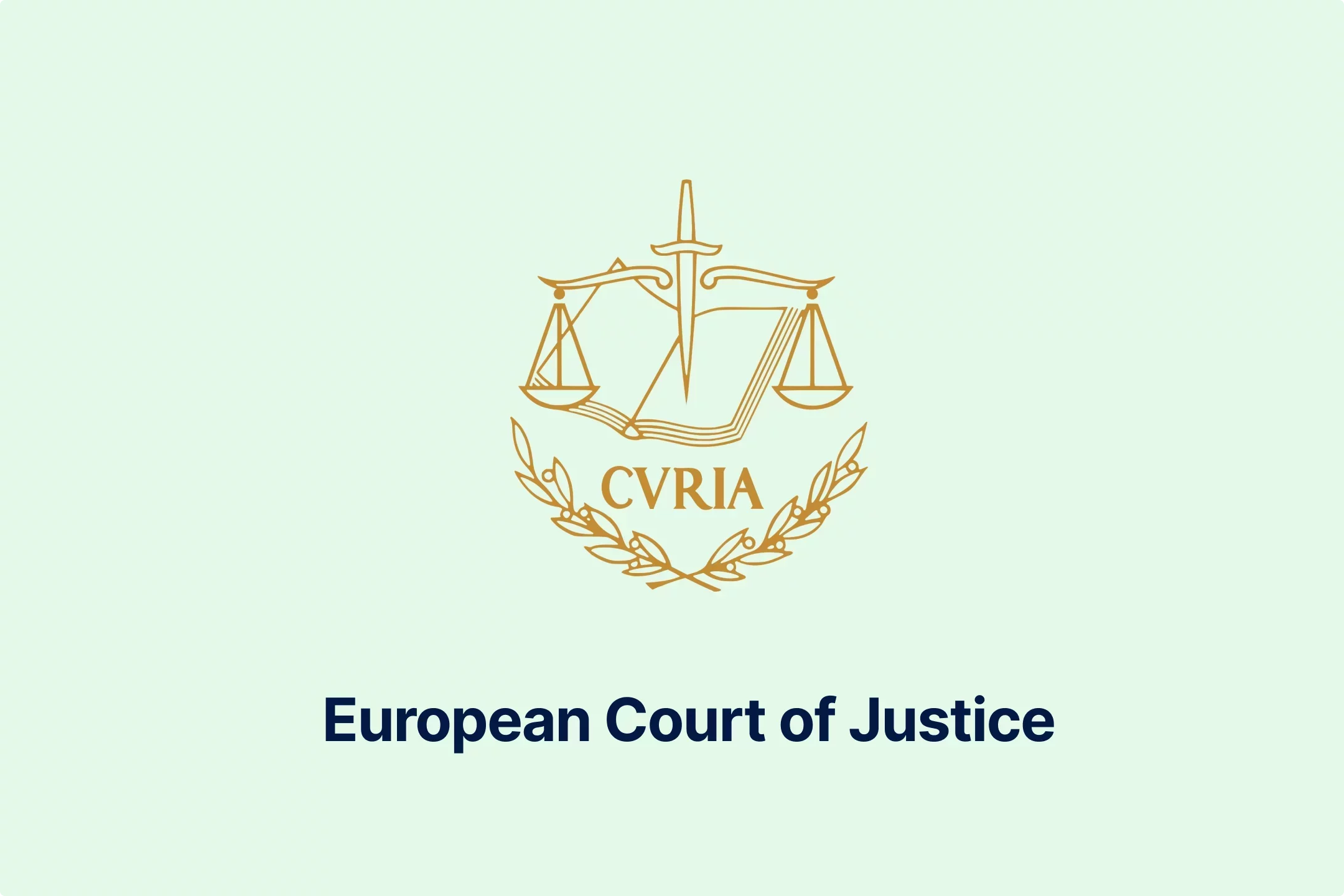
-hordopb6xh.webp)
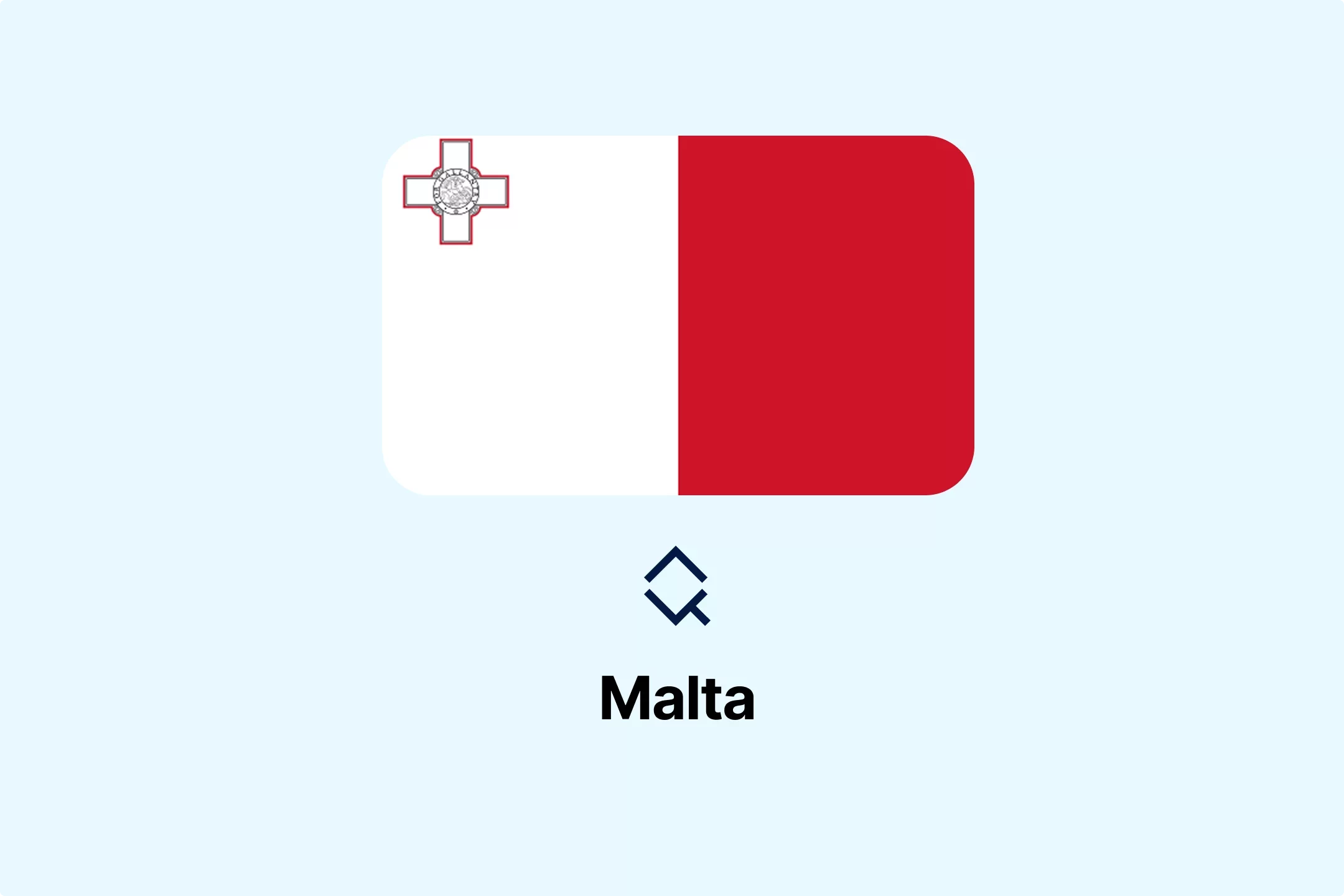
-ooimnrbete.webp)

-lwb5qpsily.webp)
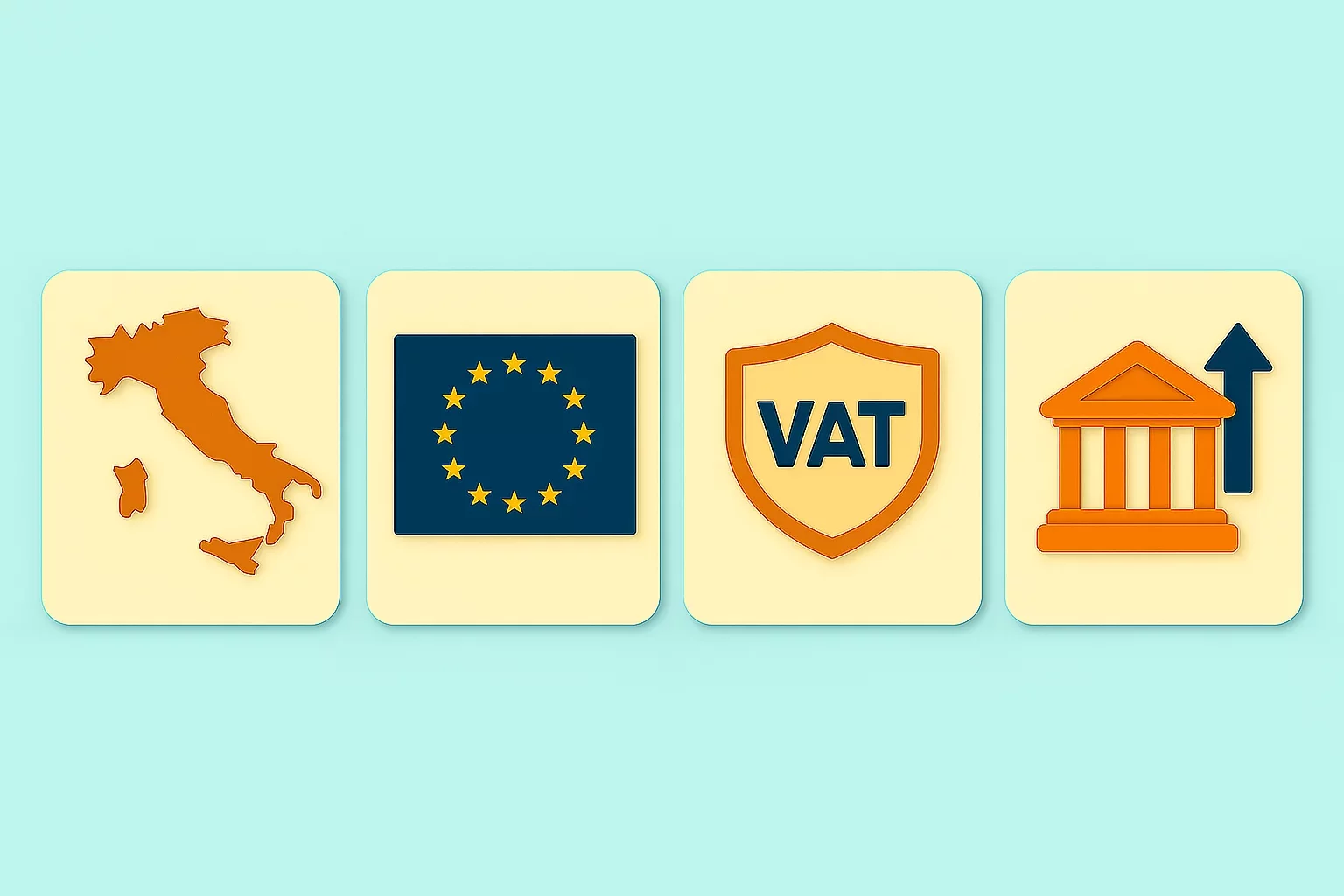
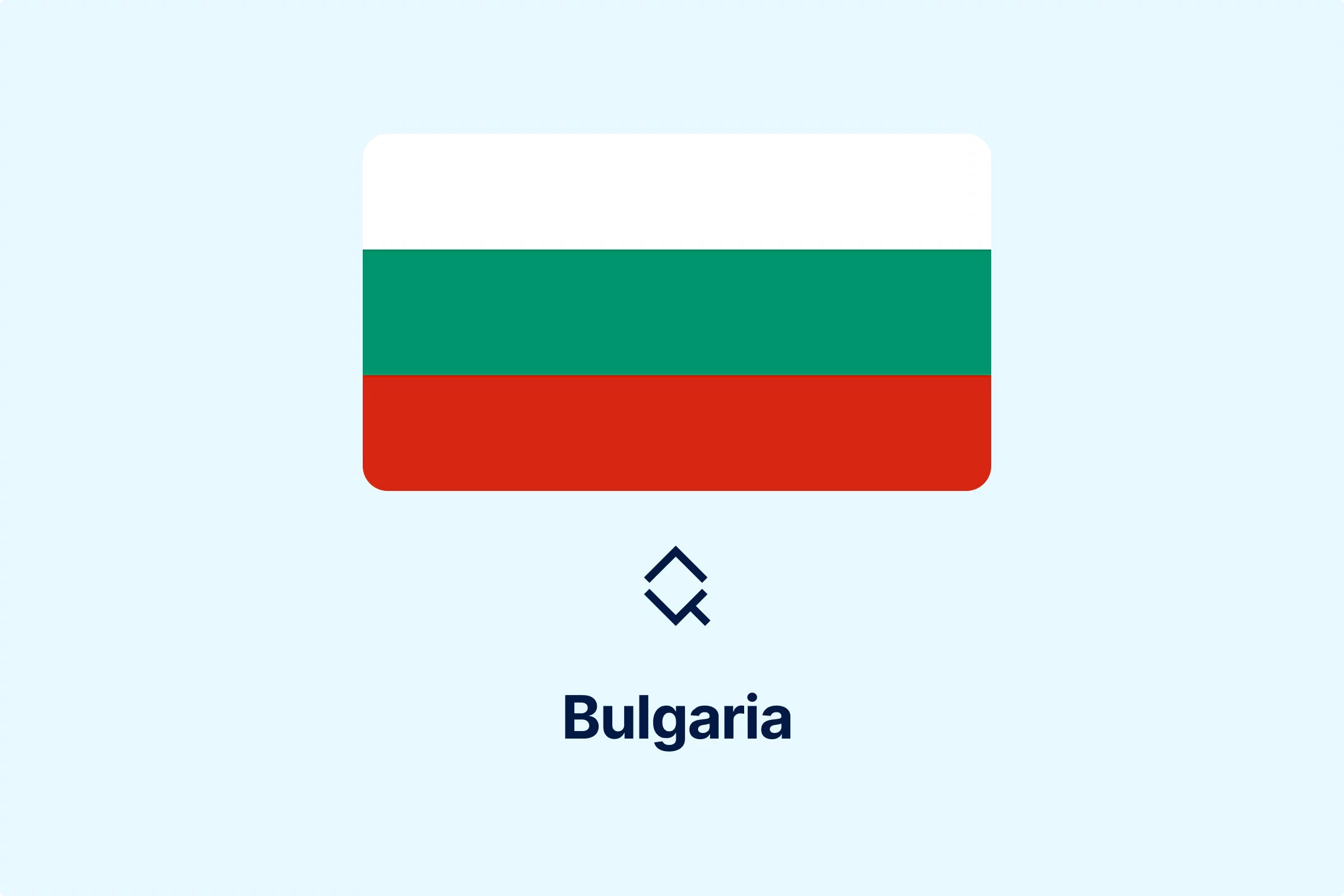
-eumafizrhm.webp)

-mtqp3va9gb.webp)
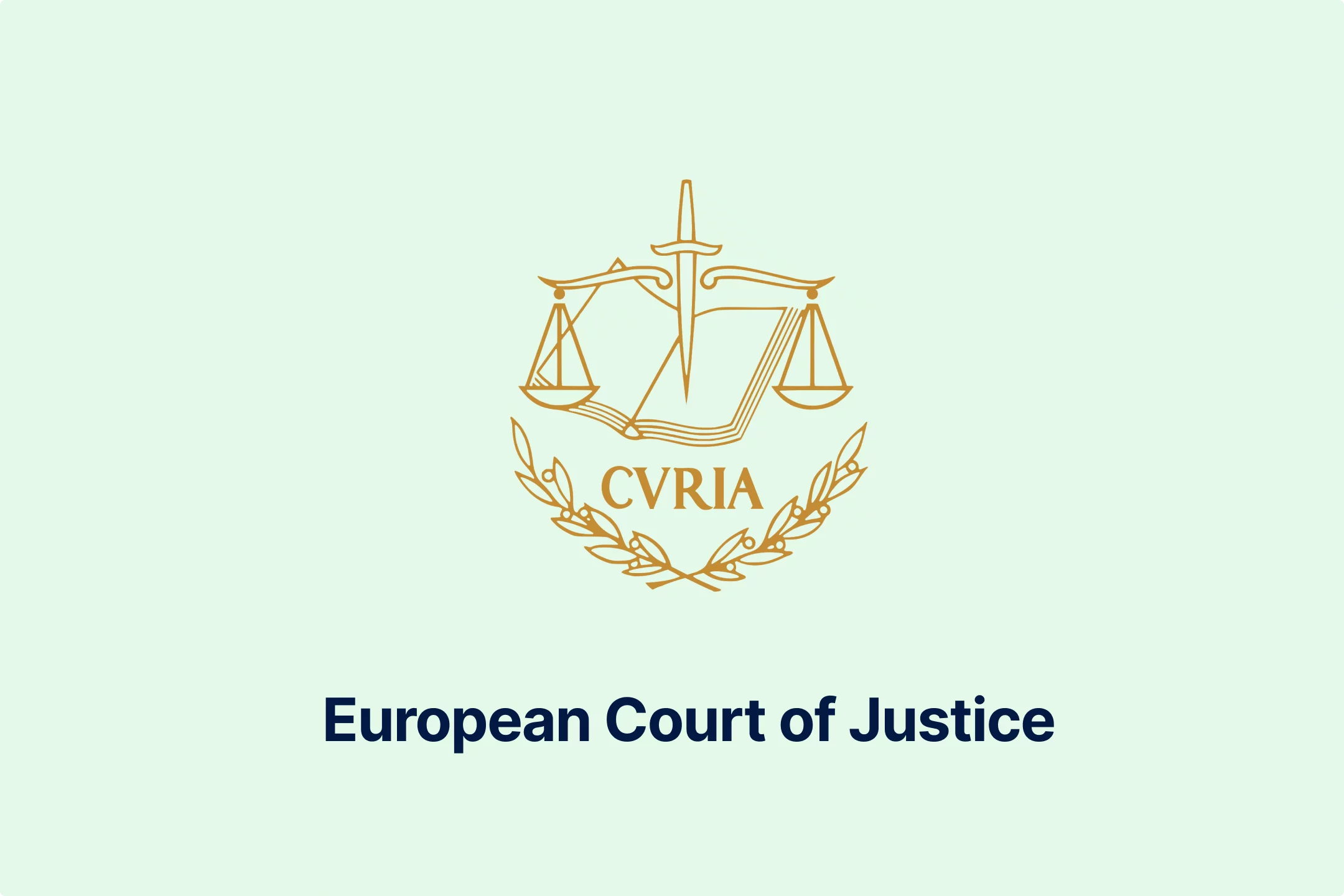
-3ewrn1yvfa.webp)
-591j35flz2.webp)
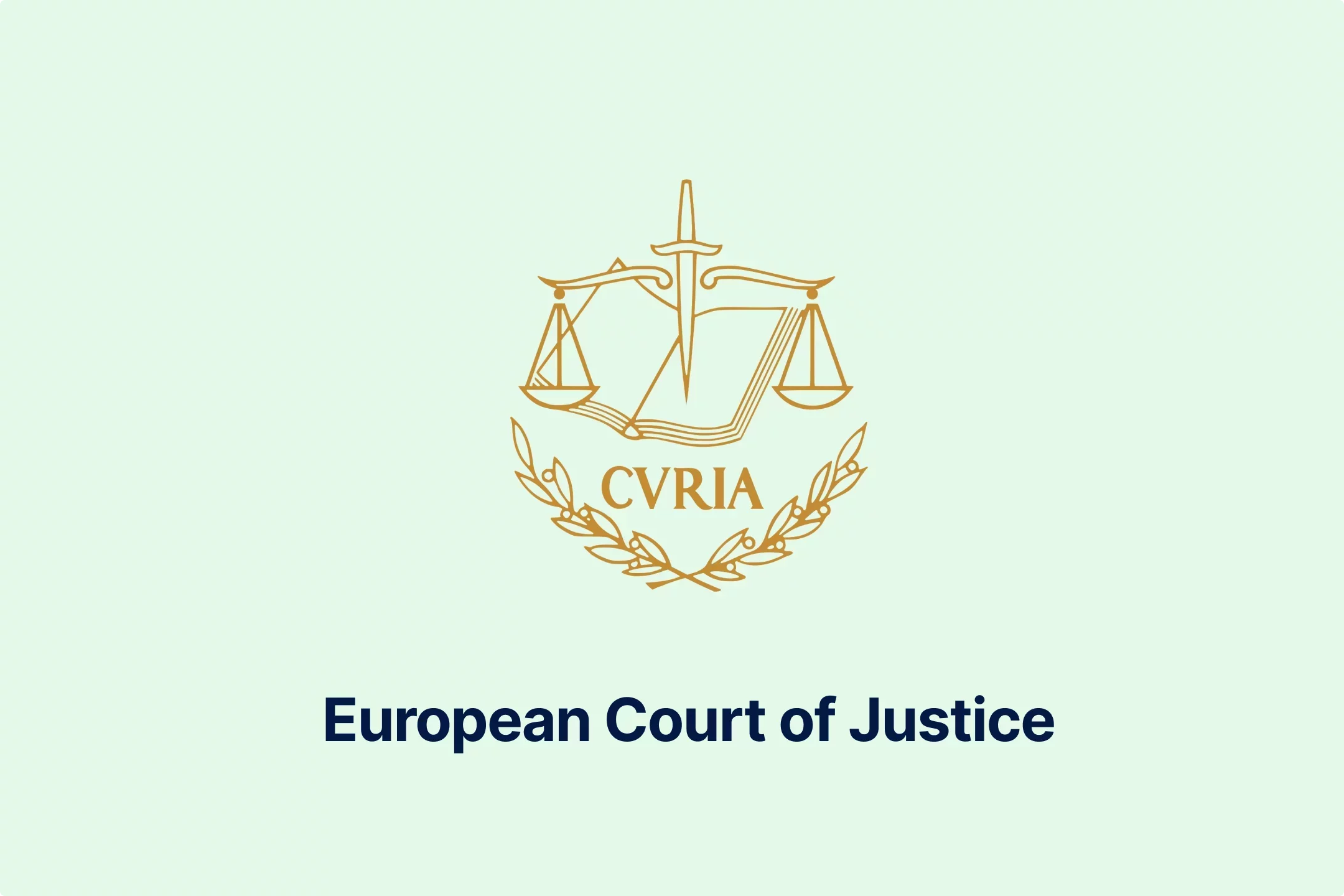
-huj3cam1de.webp)

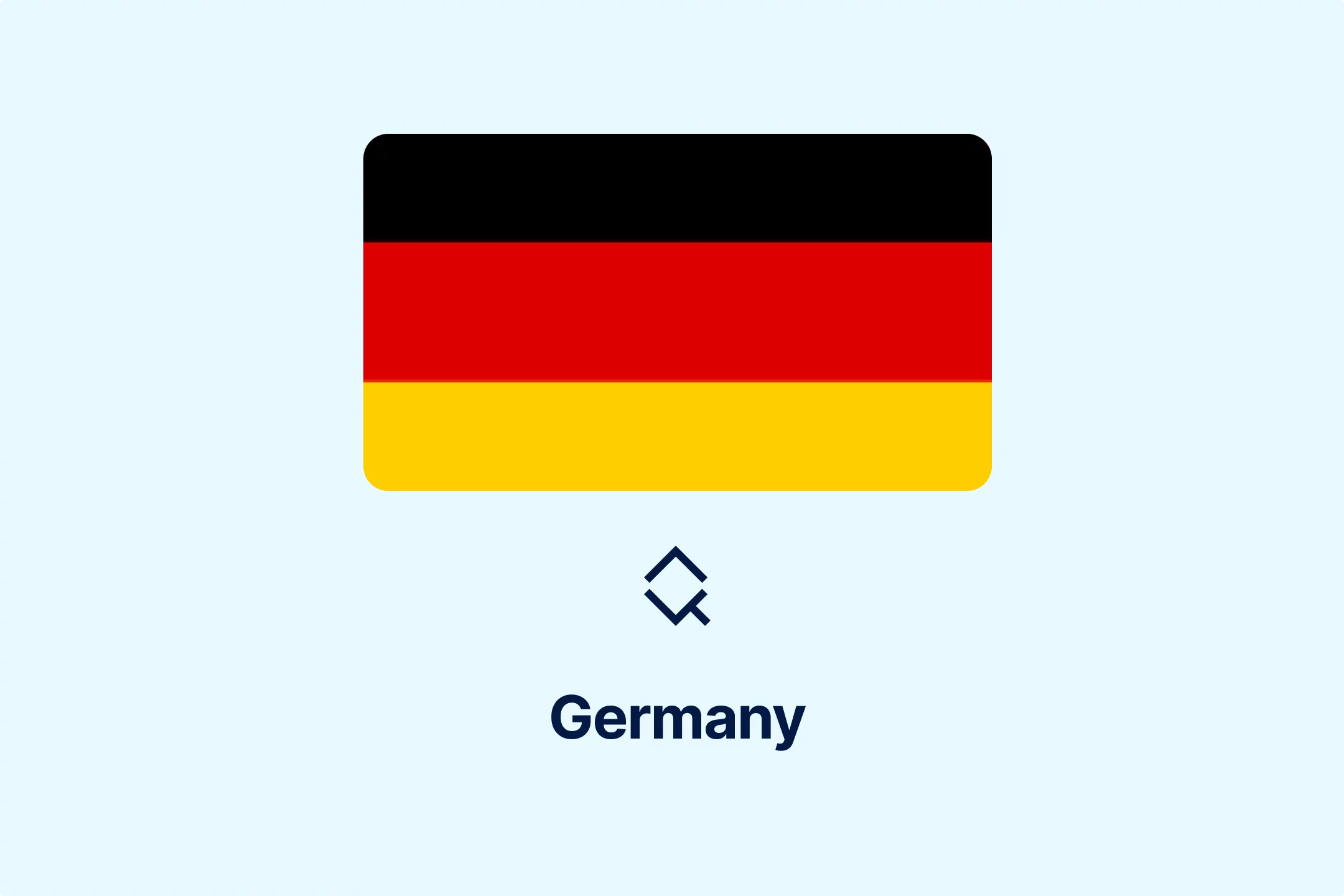
-hafis0ii23.webp)
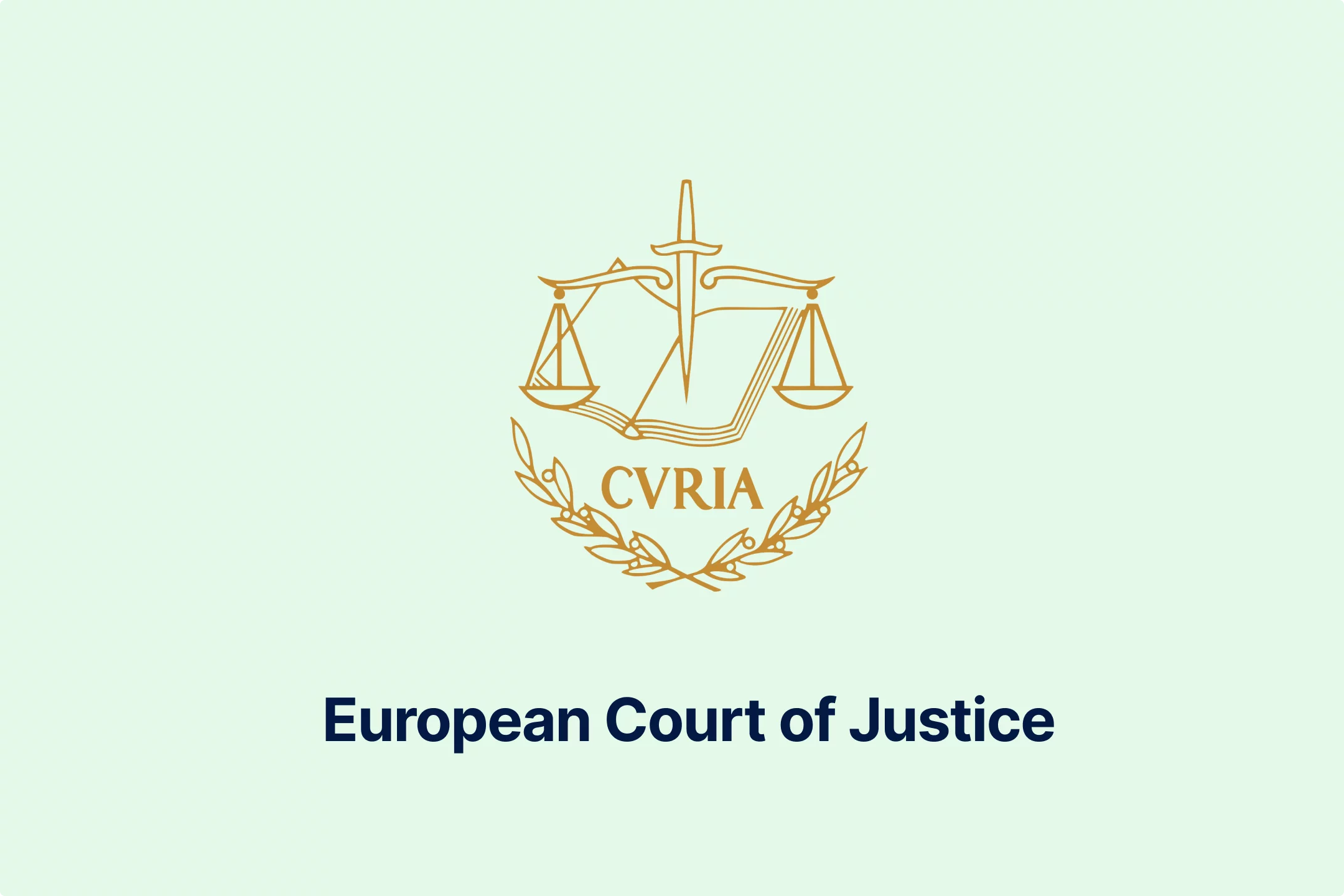
-qseaw5zmcy.webp)
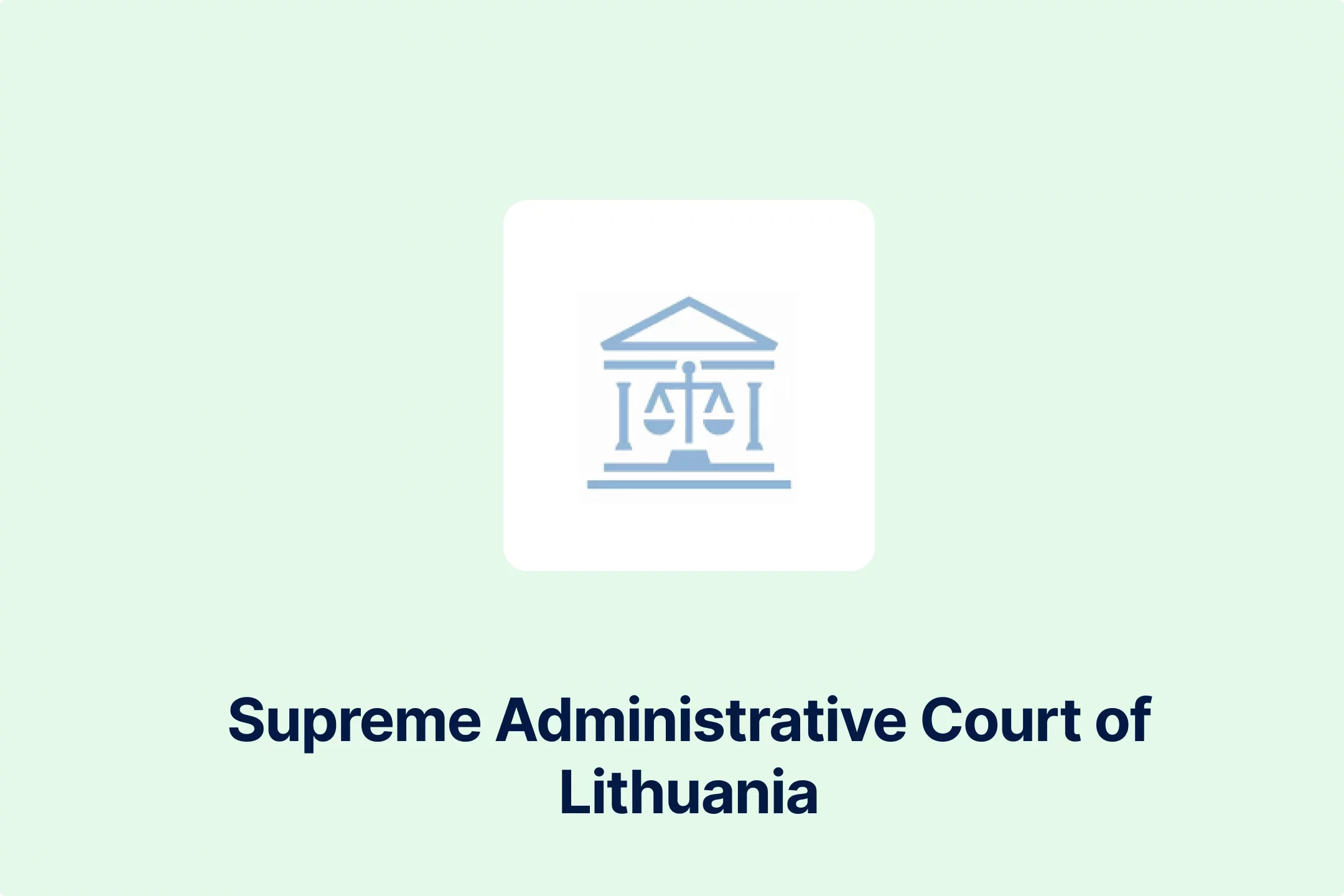
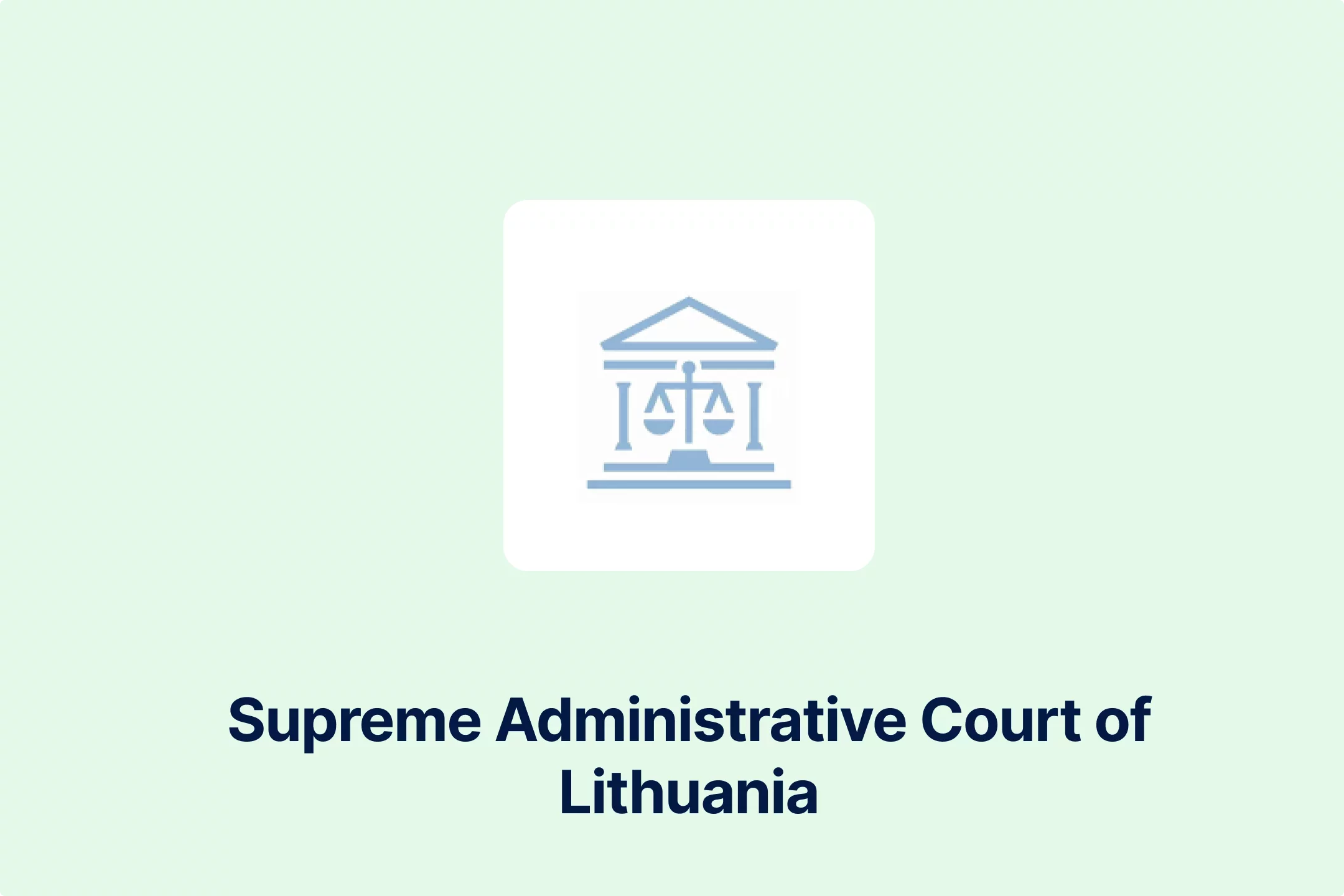

-qzsah2ifqx.webp)
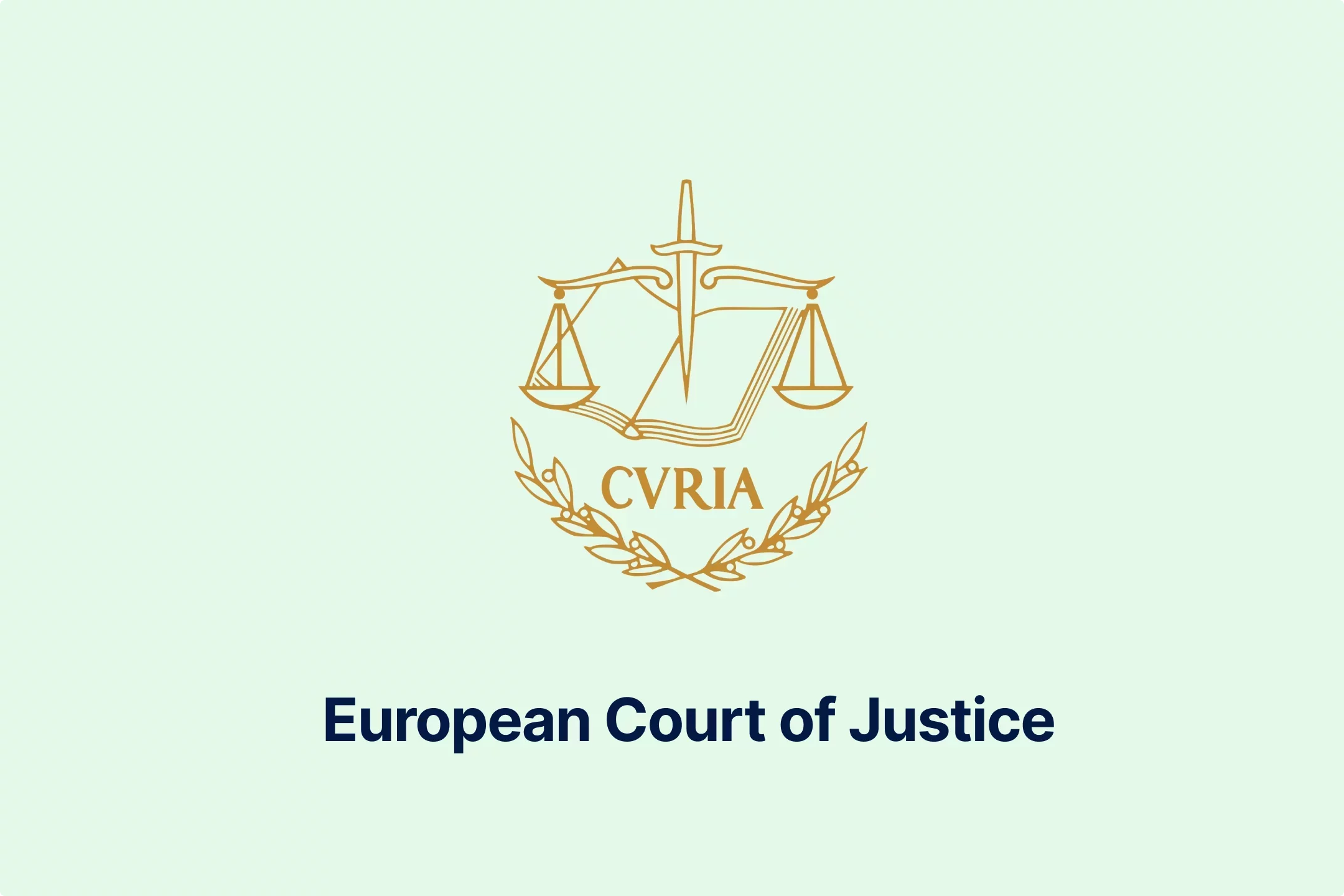
-69rzooghib.webp)
-wrvng98m0g.webp)
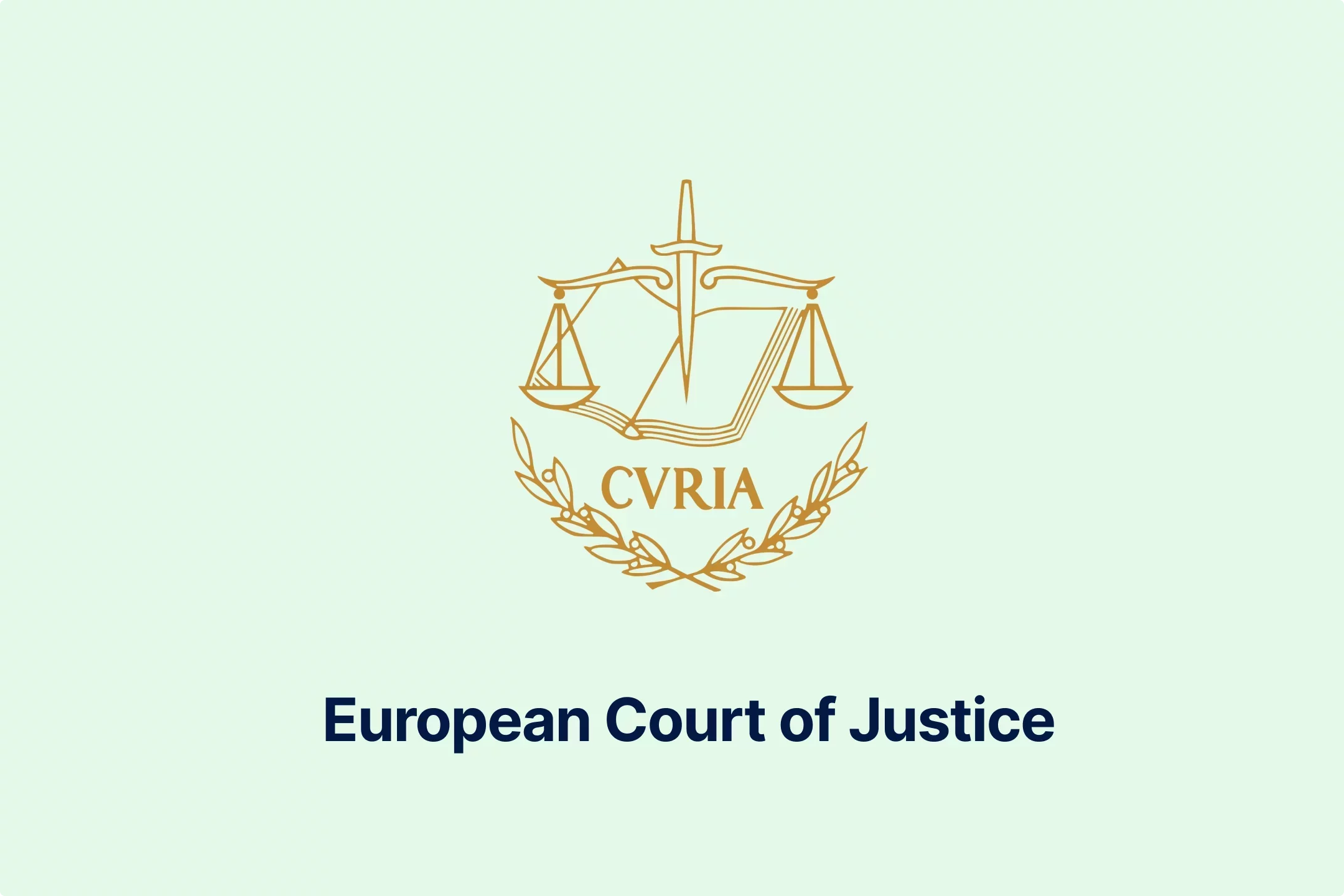
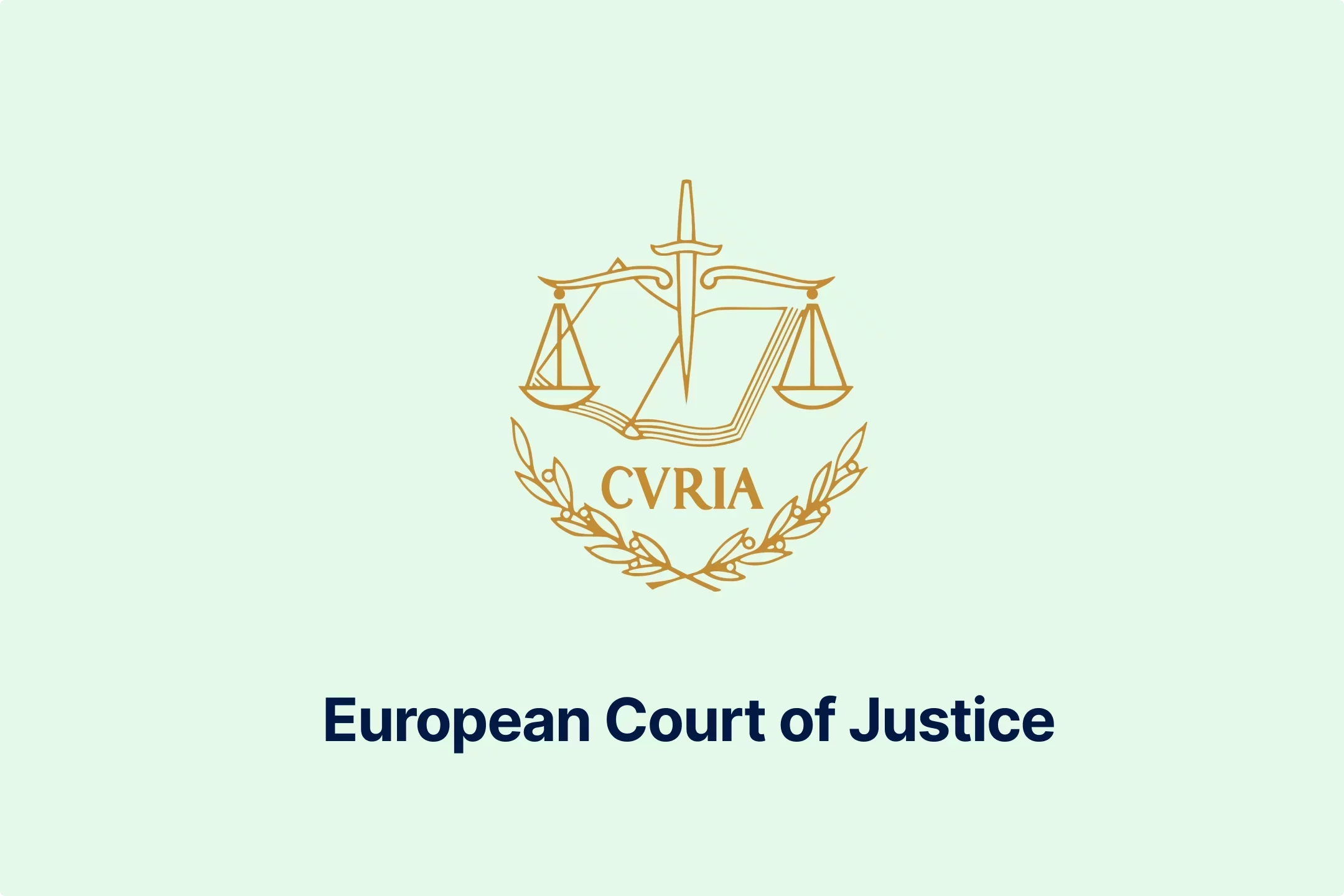
-psucycuxh2.webp)
-klyo8bn5lc.webp)
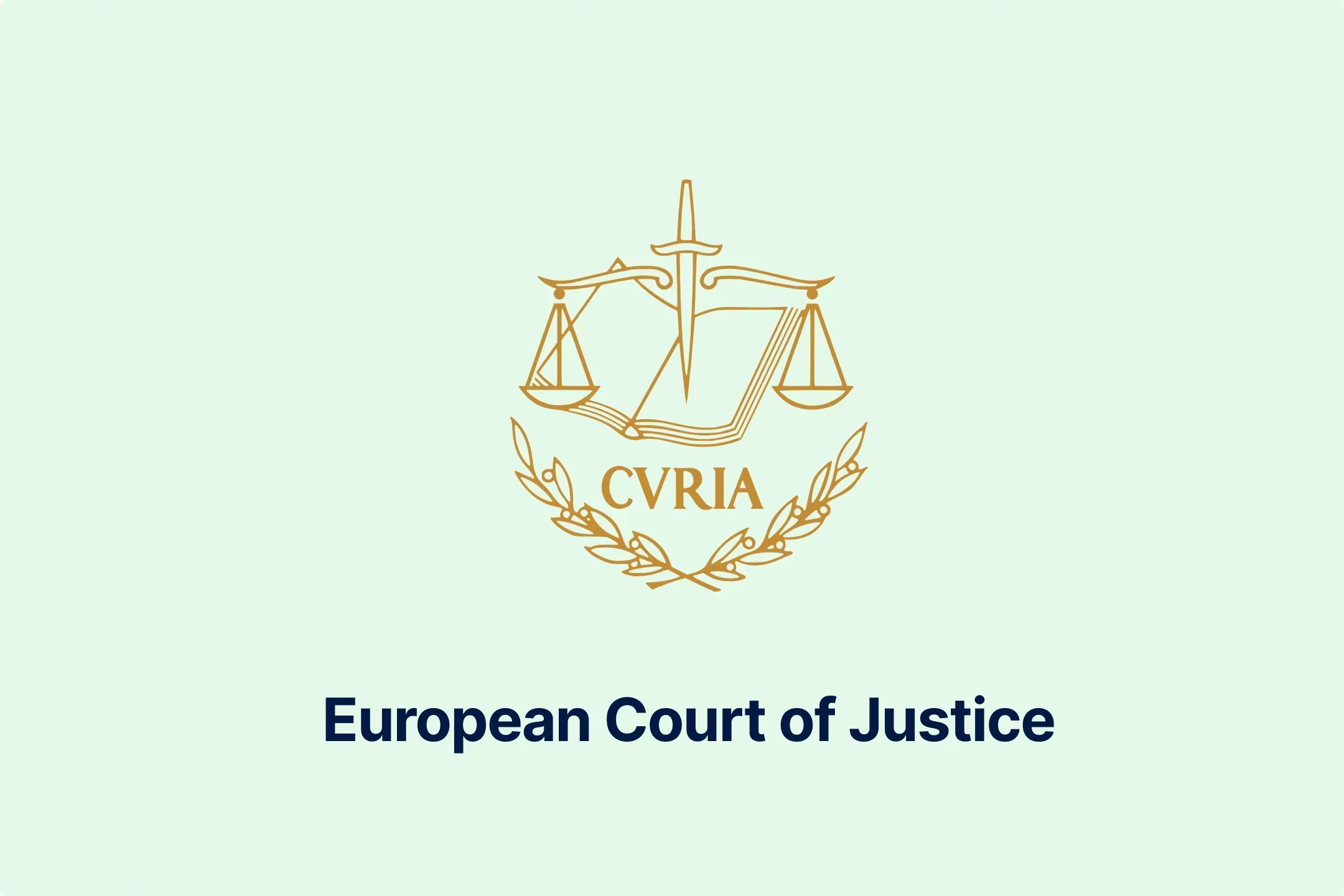



-6wv5h5eyyd.webp)
-tfgg78rbid.webp)
-a6jpv9ny8v.webp)
-qhdbapy0qr.webp)
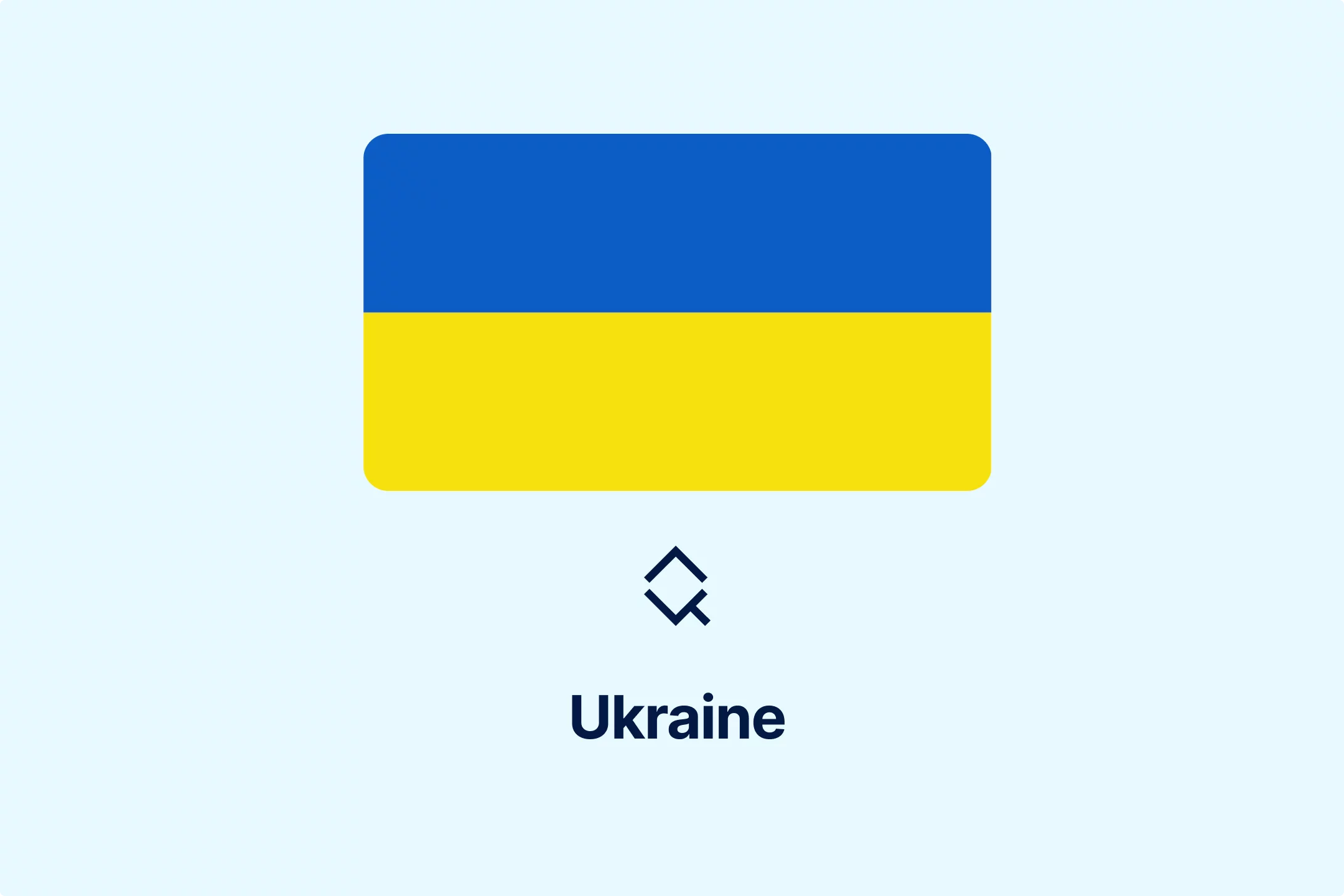
-owvu7zoc13.webp)
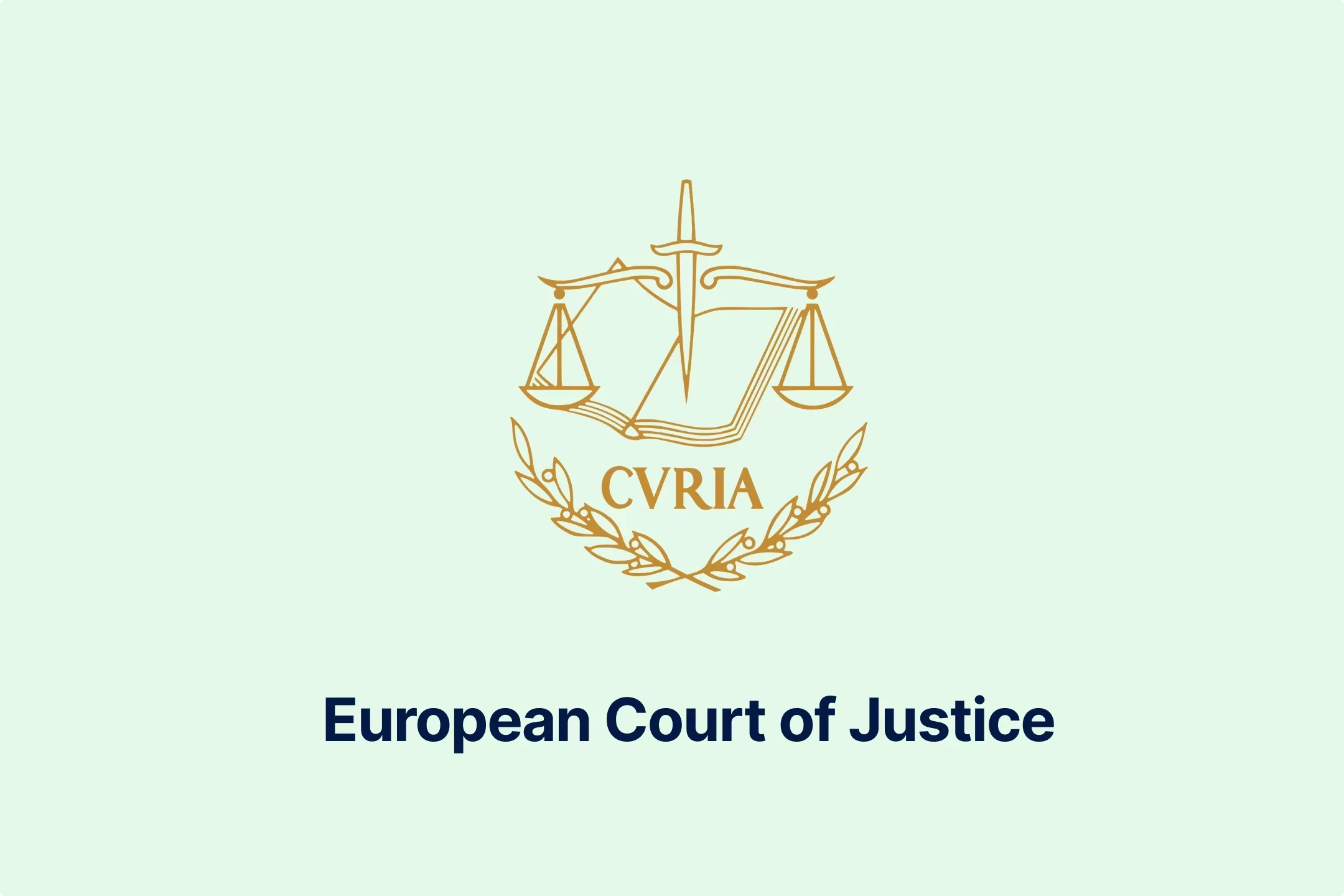

-h28jrh1ukm.webp)
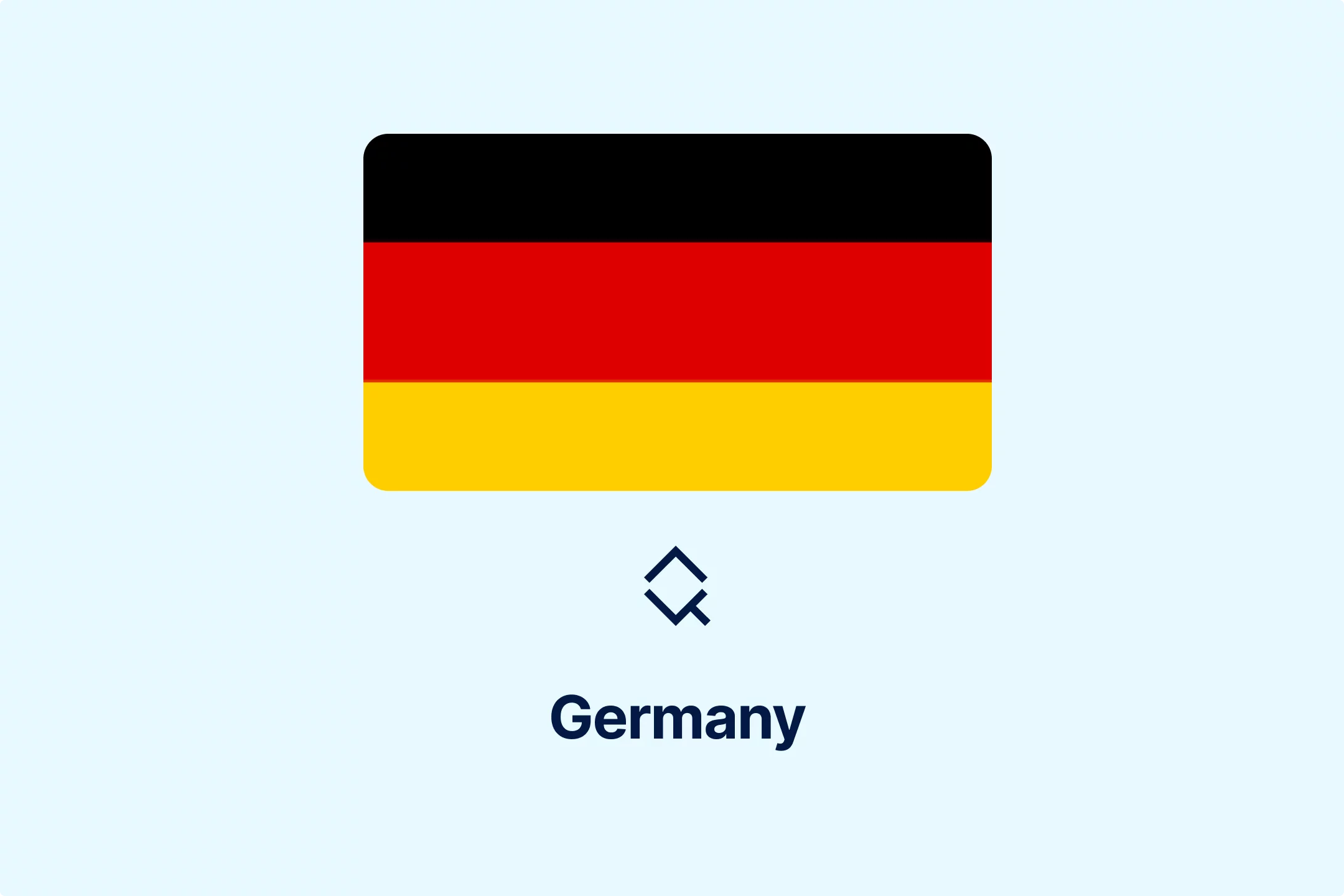
-wl9bl1rw3a.webp)
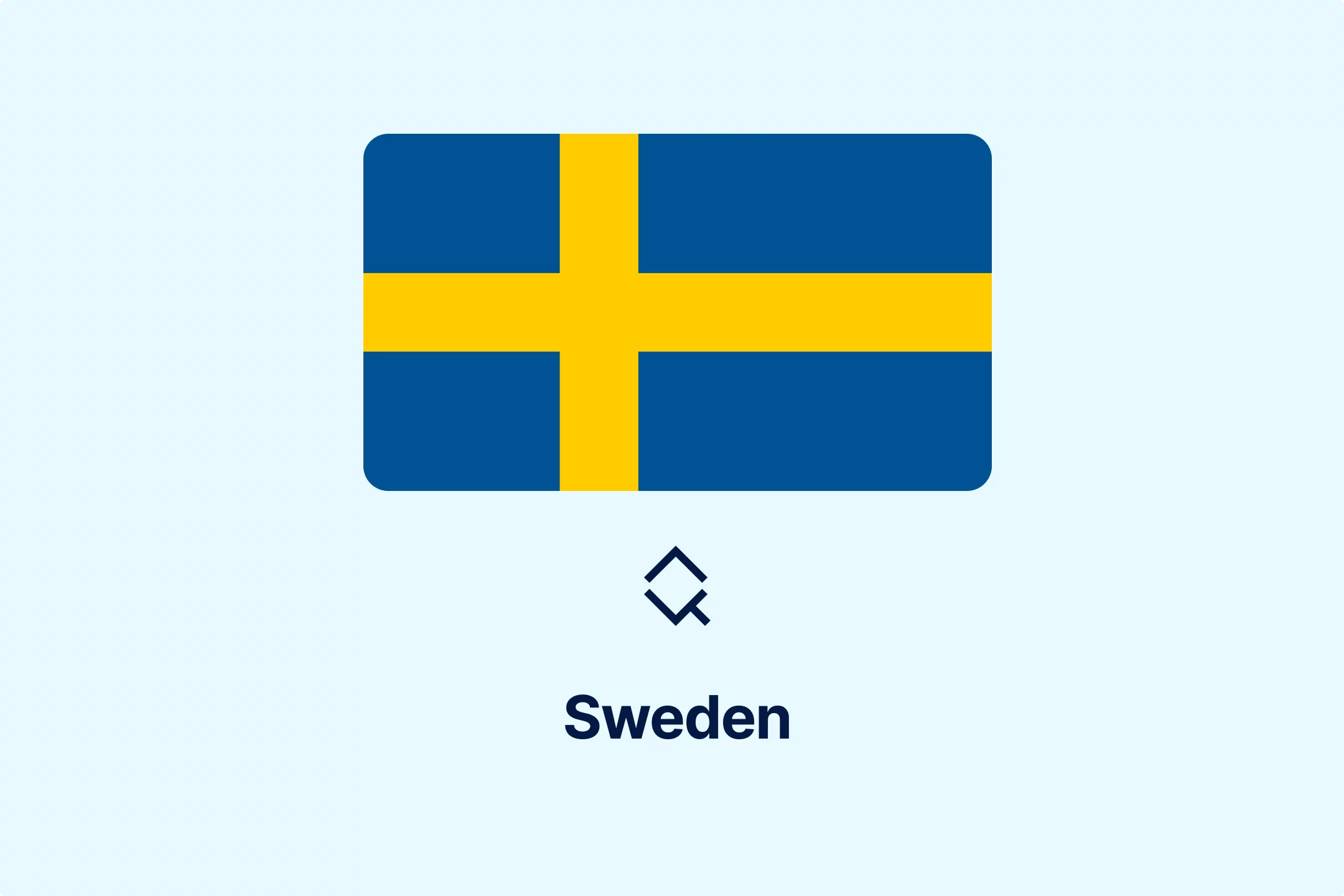
-2w76jtvtuk.webp)
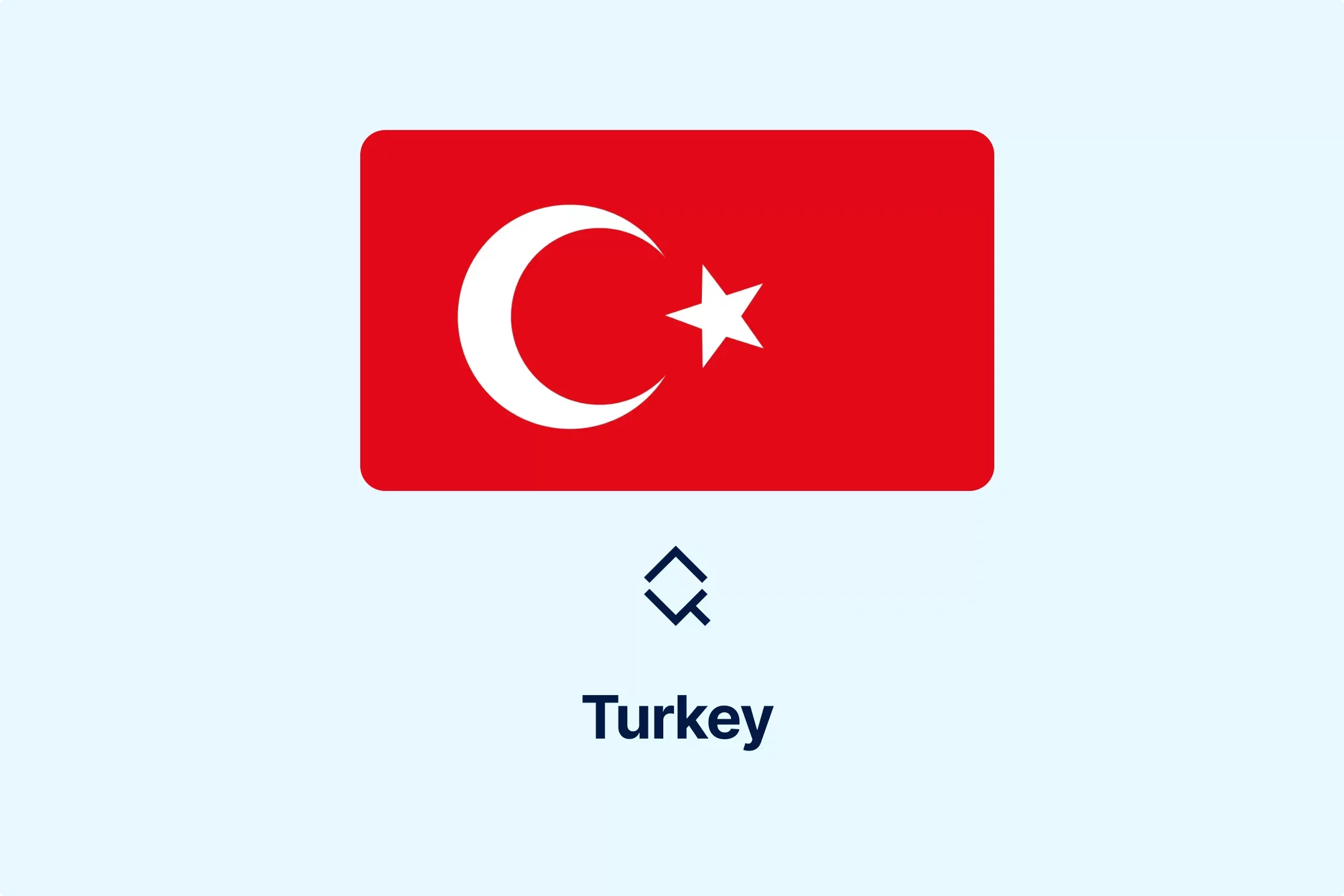
-c0uvrmrq9j.webp)

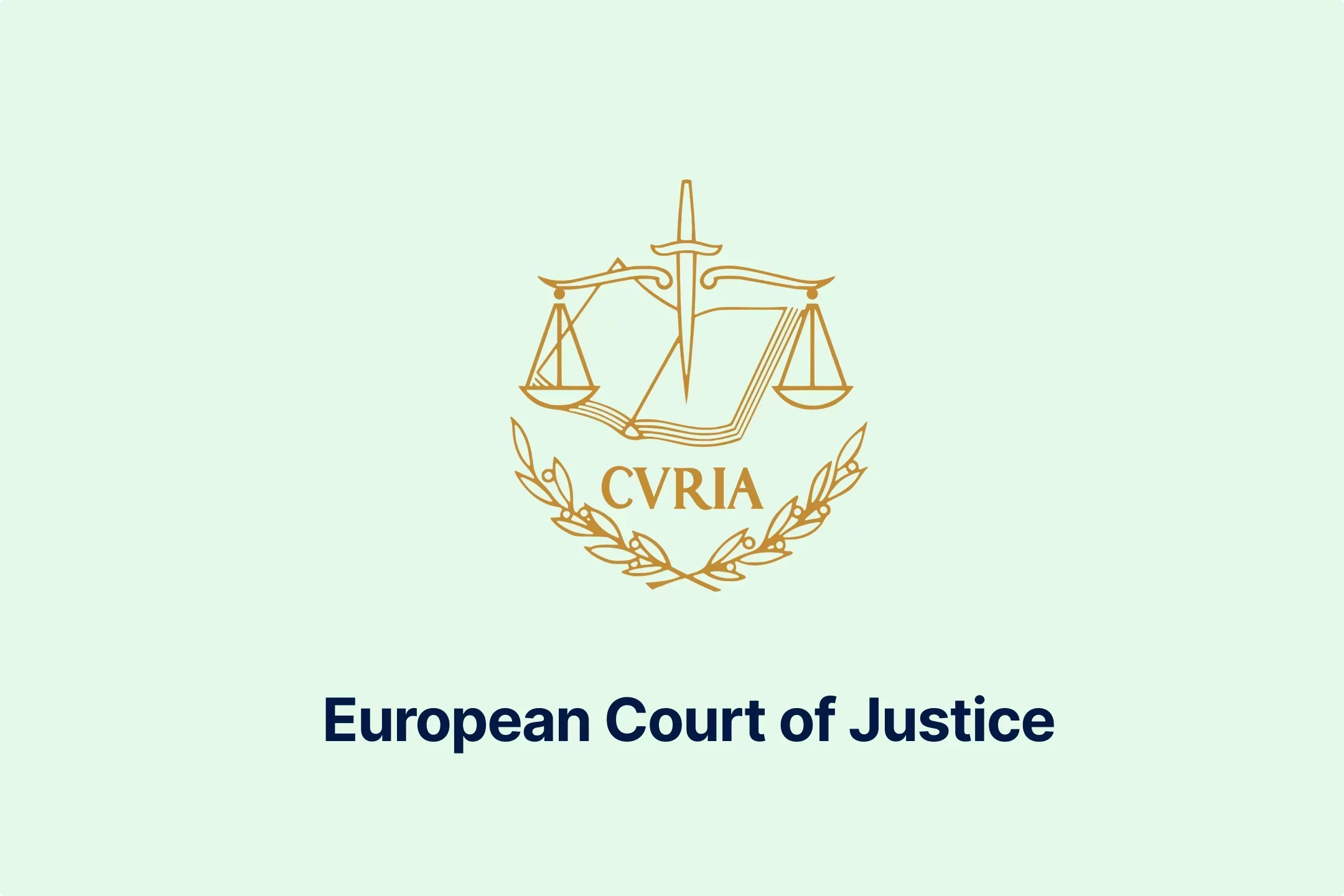
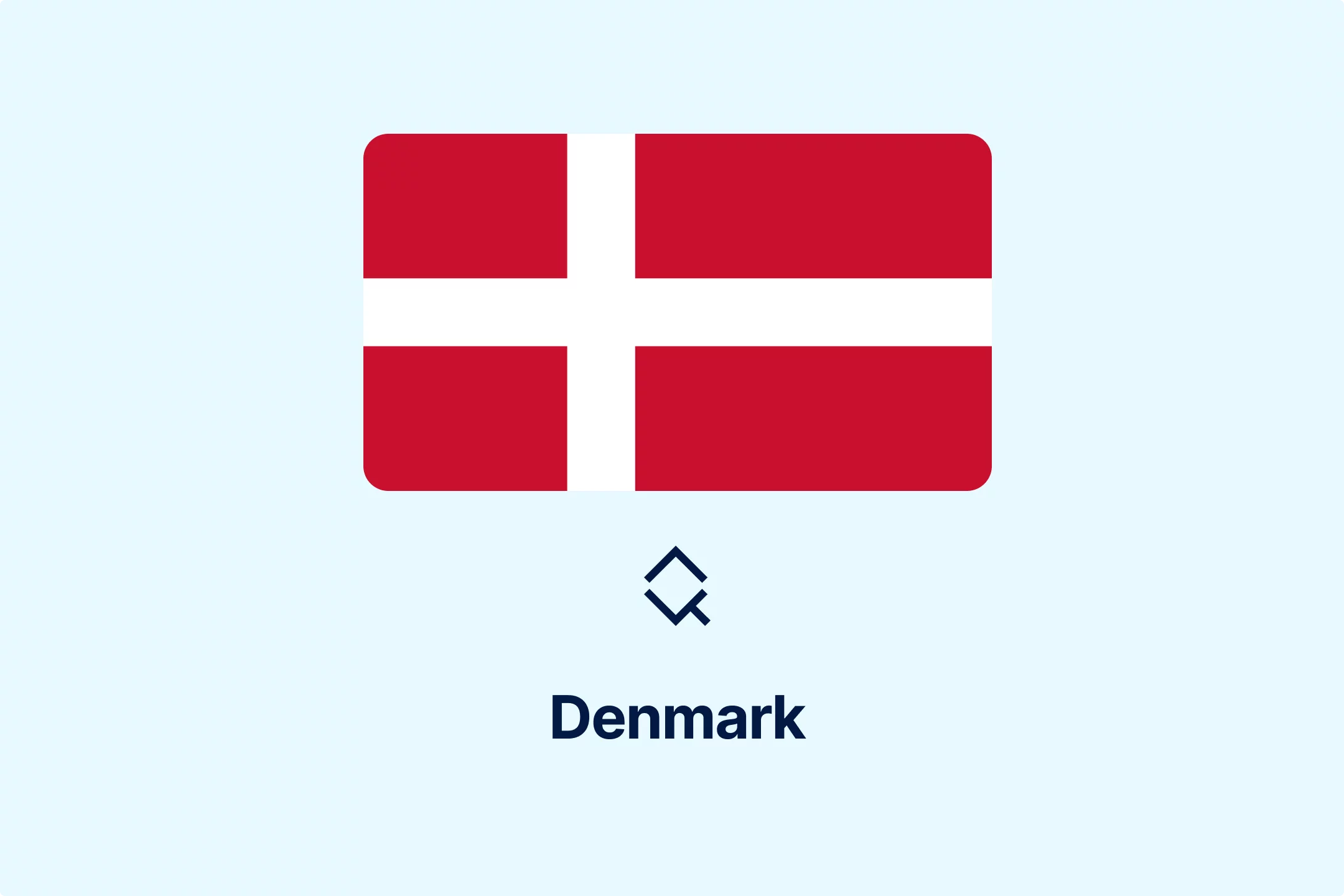
-pofe7ucwz3.webp)
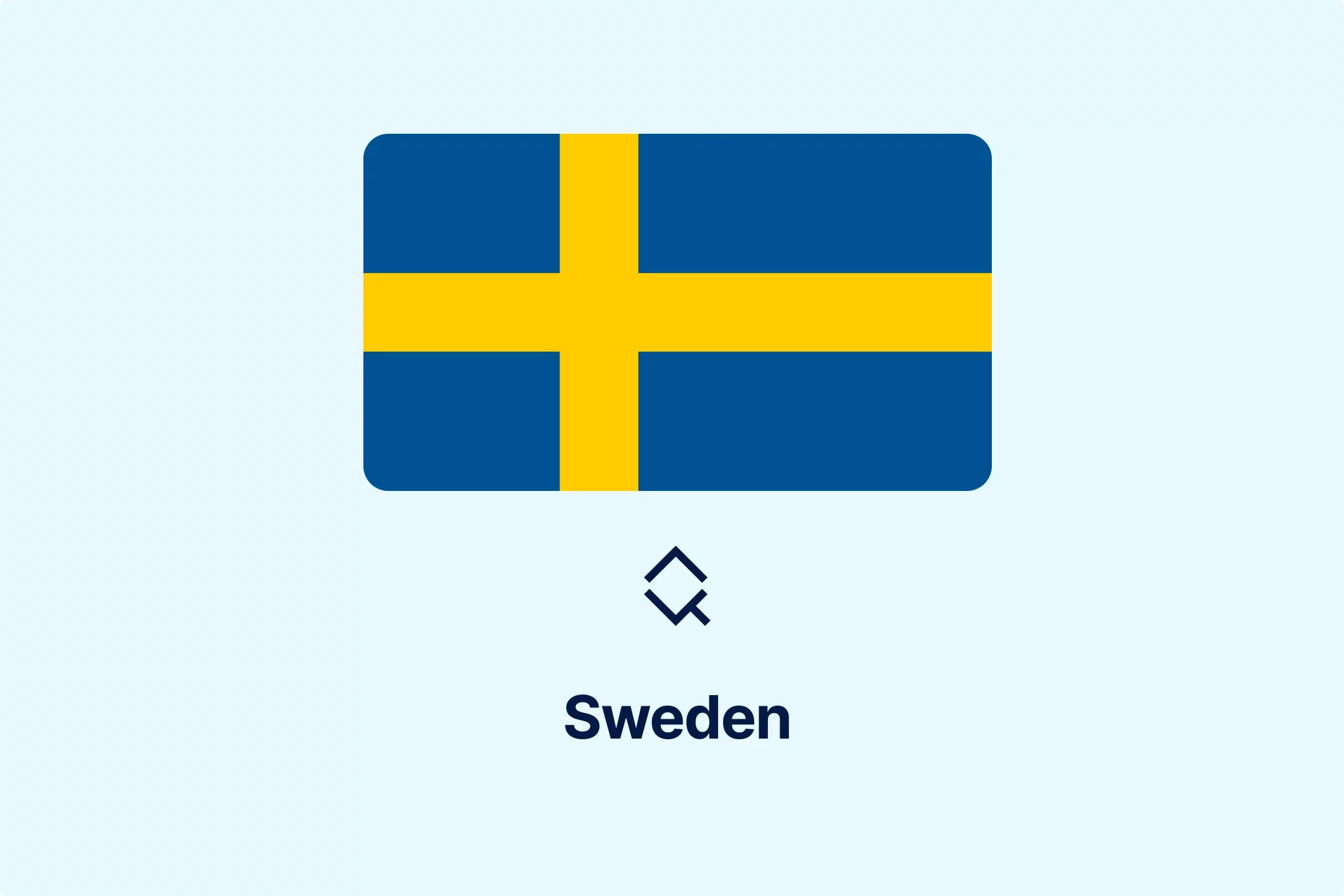

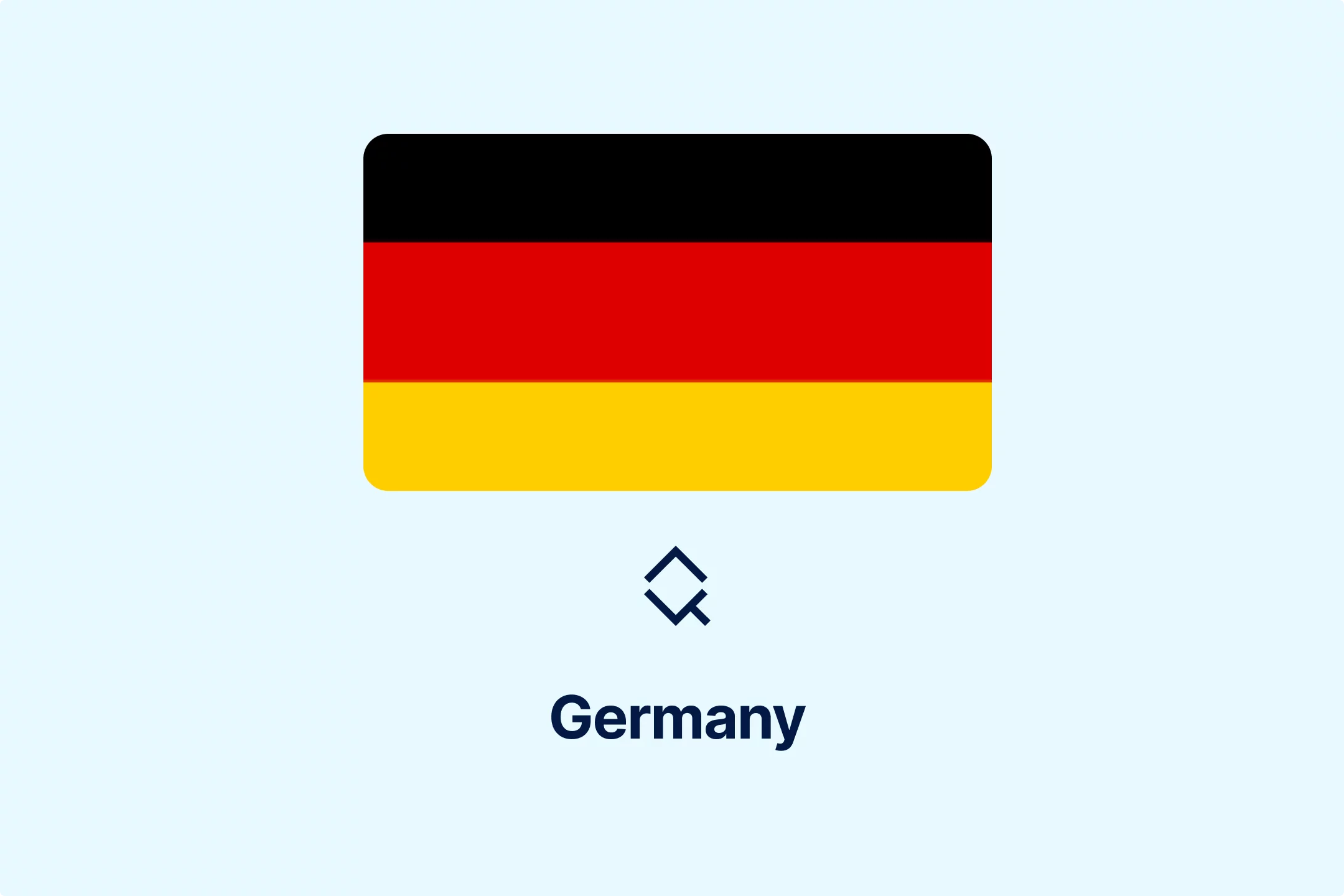
-5cc23ezxyf.webp)
-rrmabbekeb.webp)
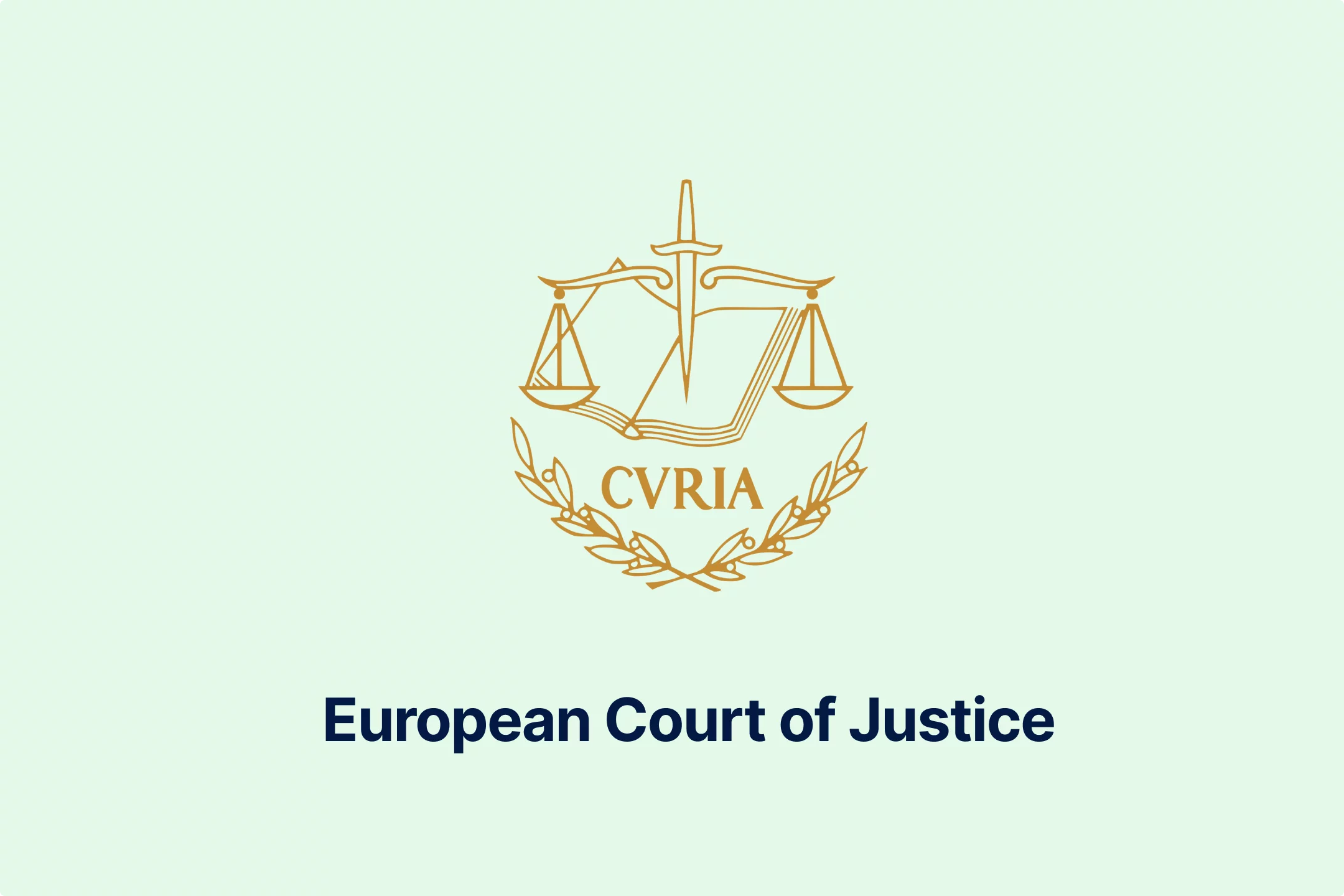
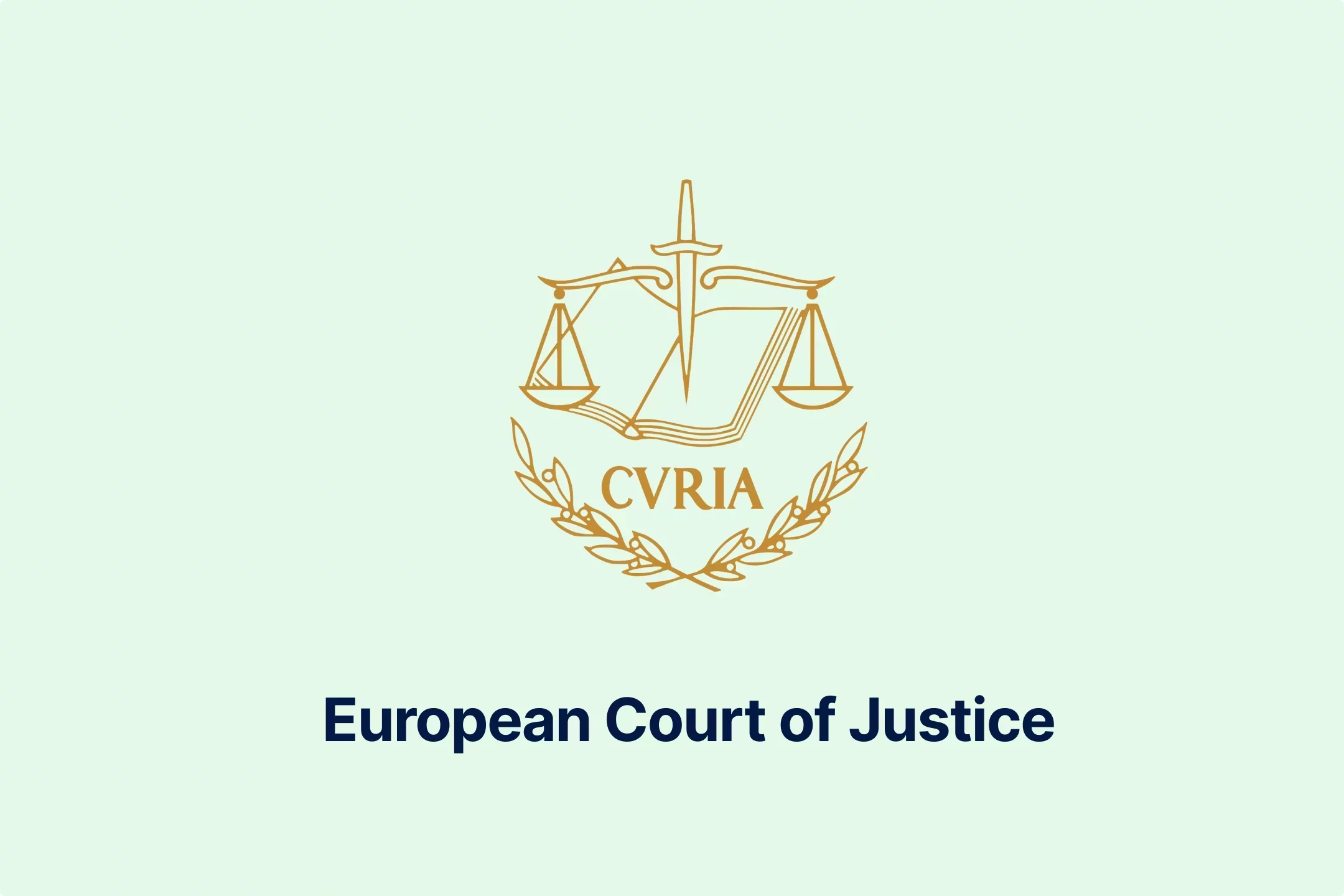
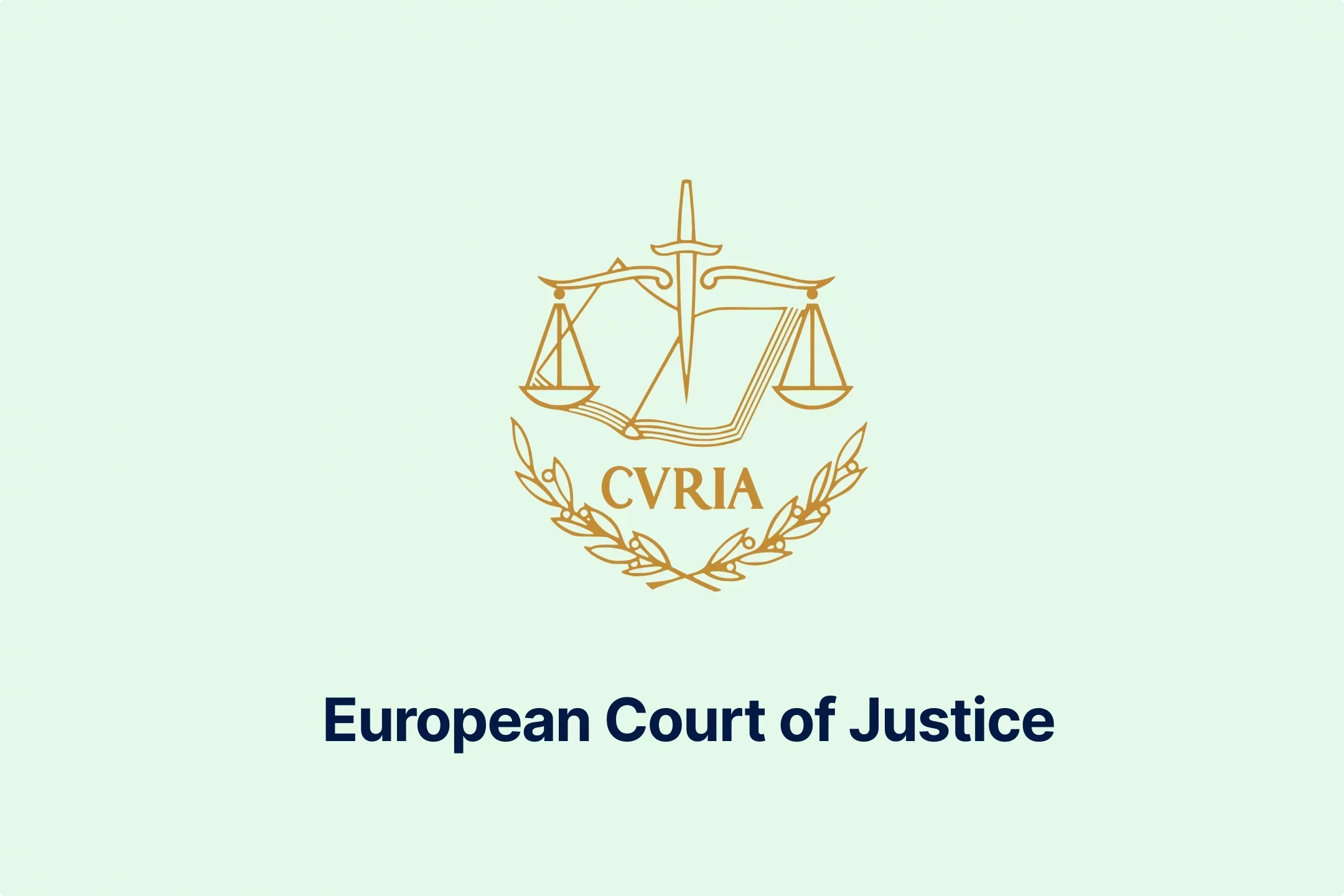
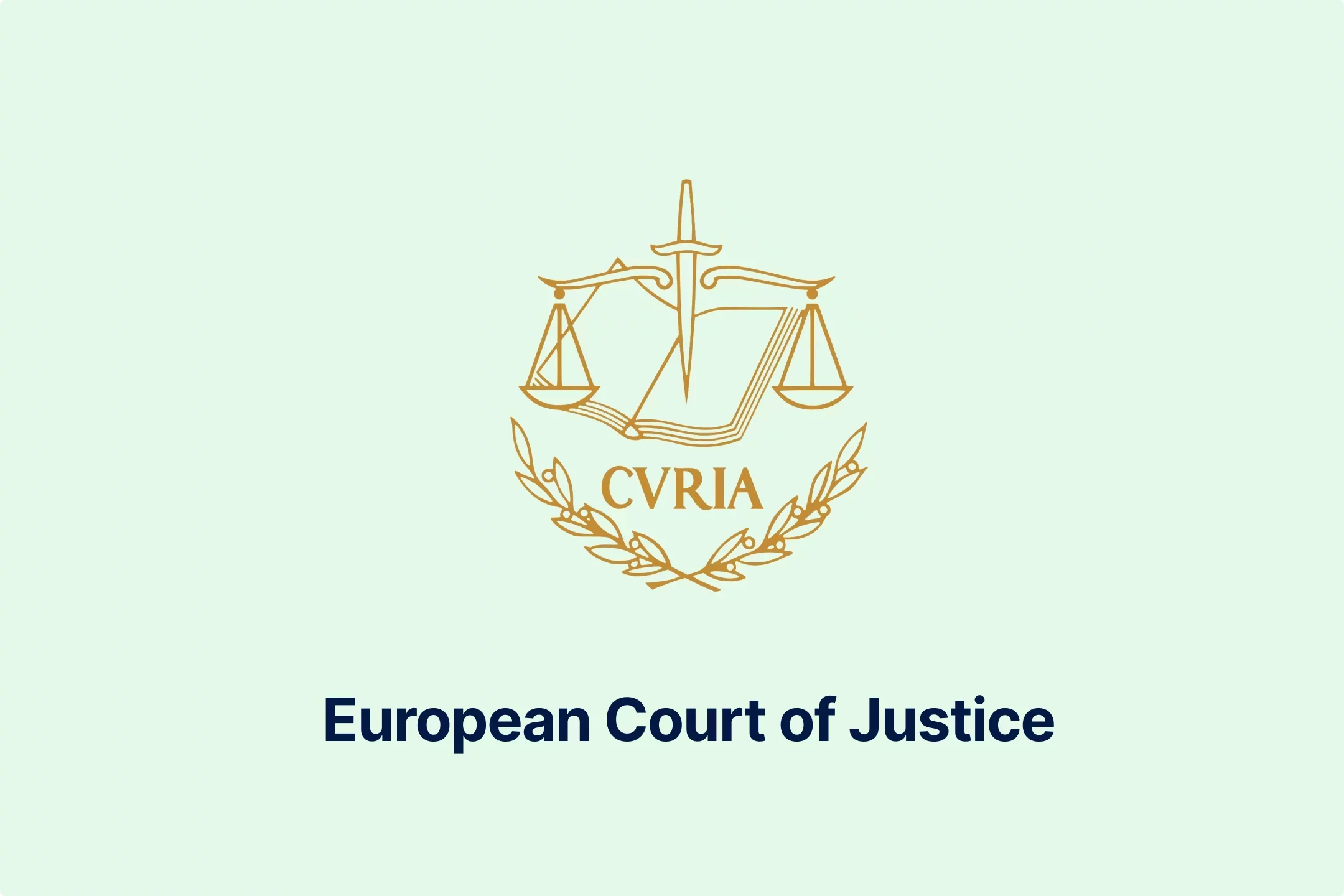
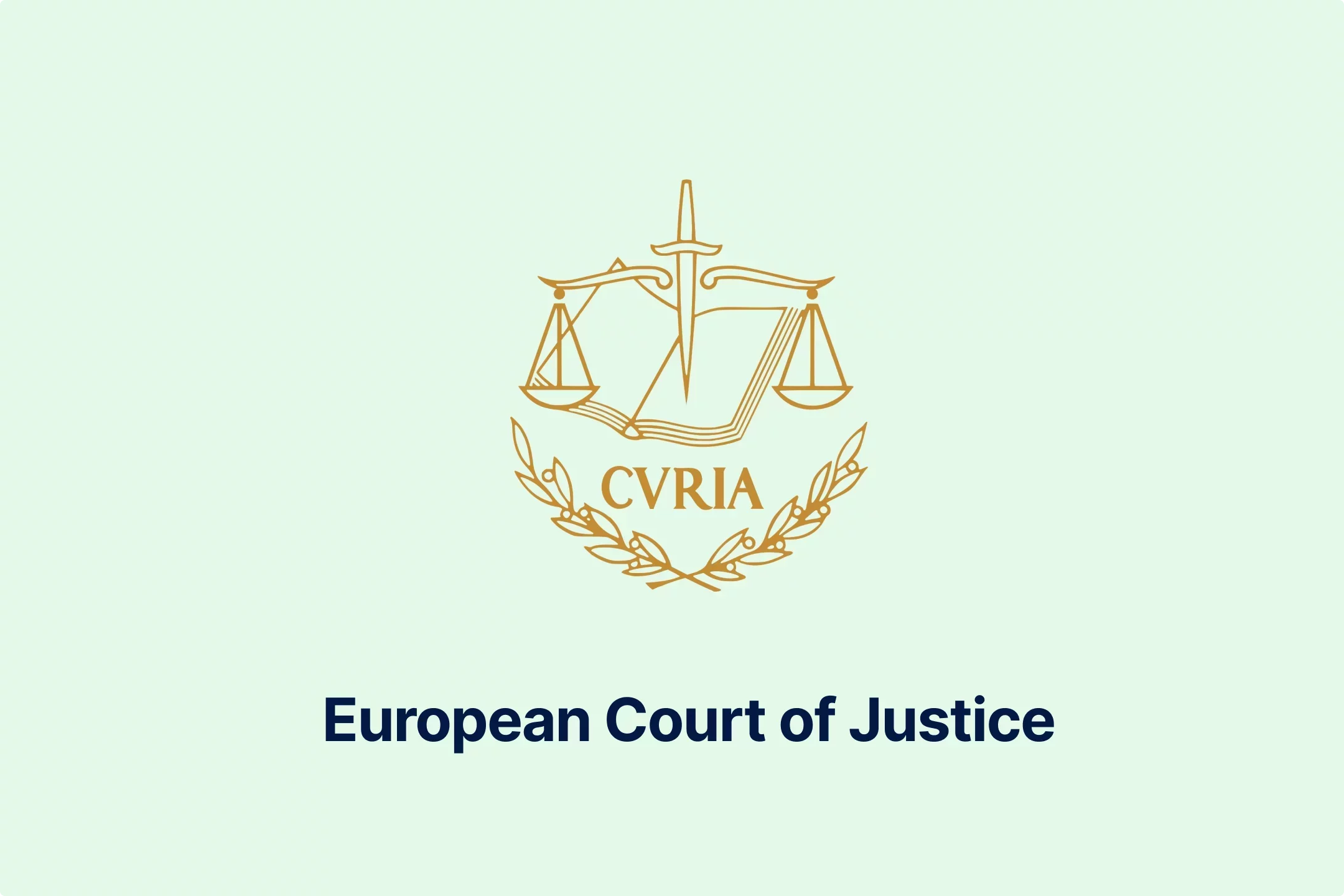

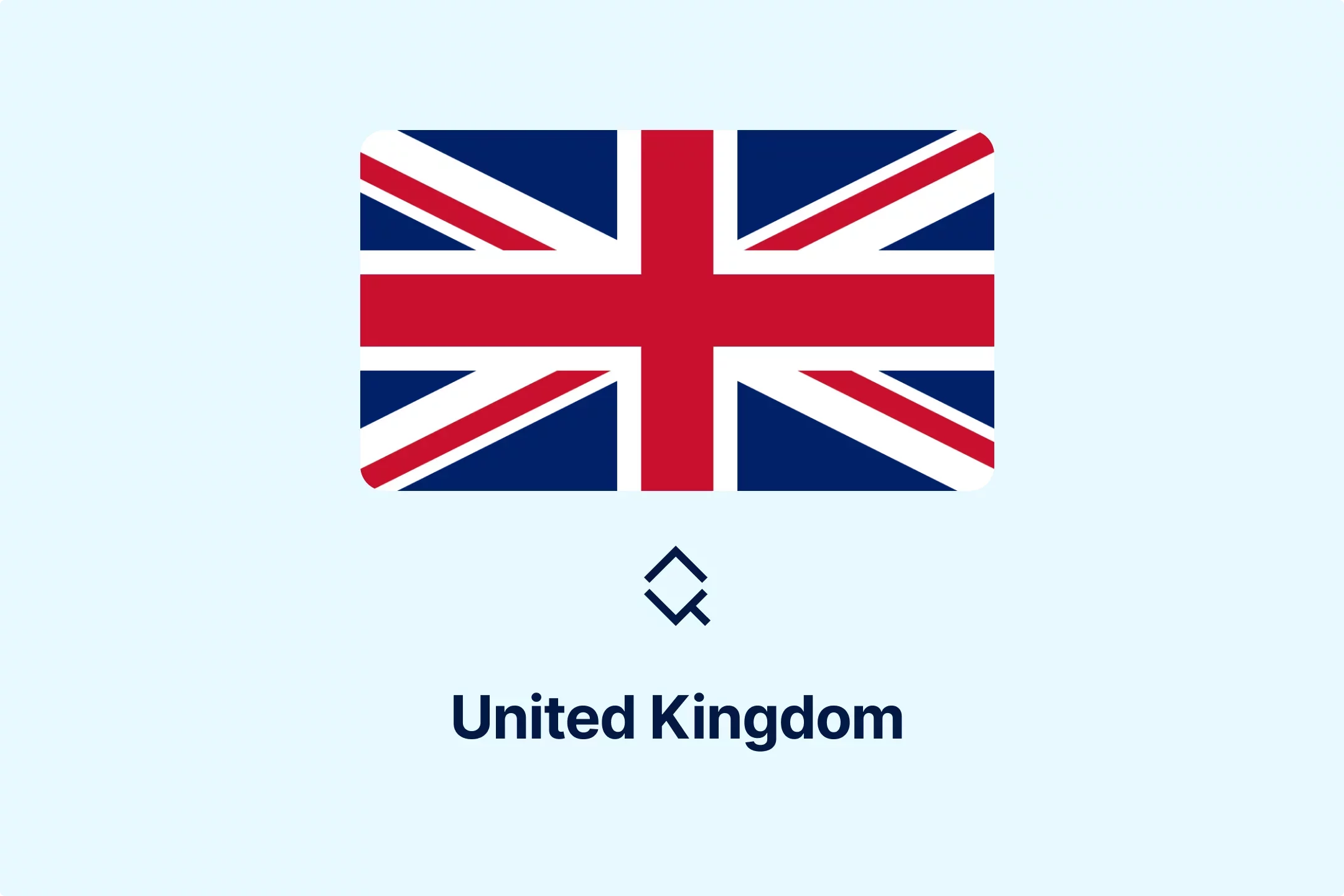
-iyyeiabtaf.webp)
-c8rbjkcs01.webp)
-nilkffjhah.webp)
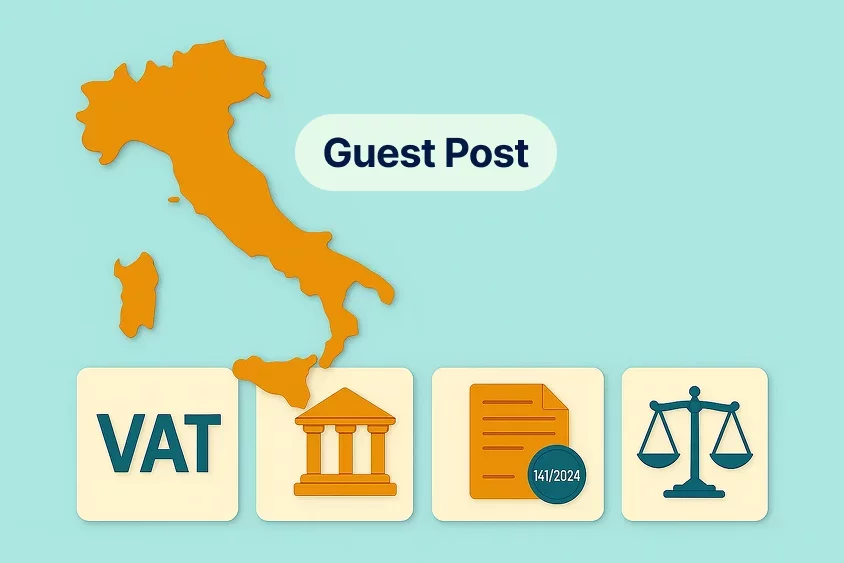
-hikakq55ae.webp)
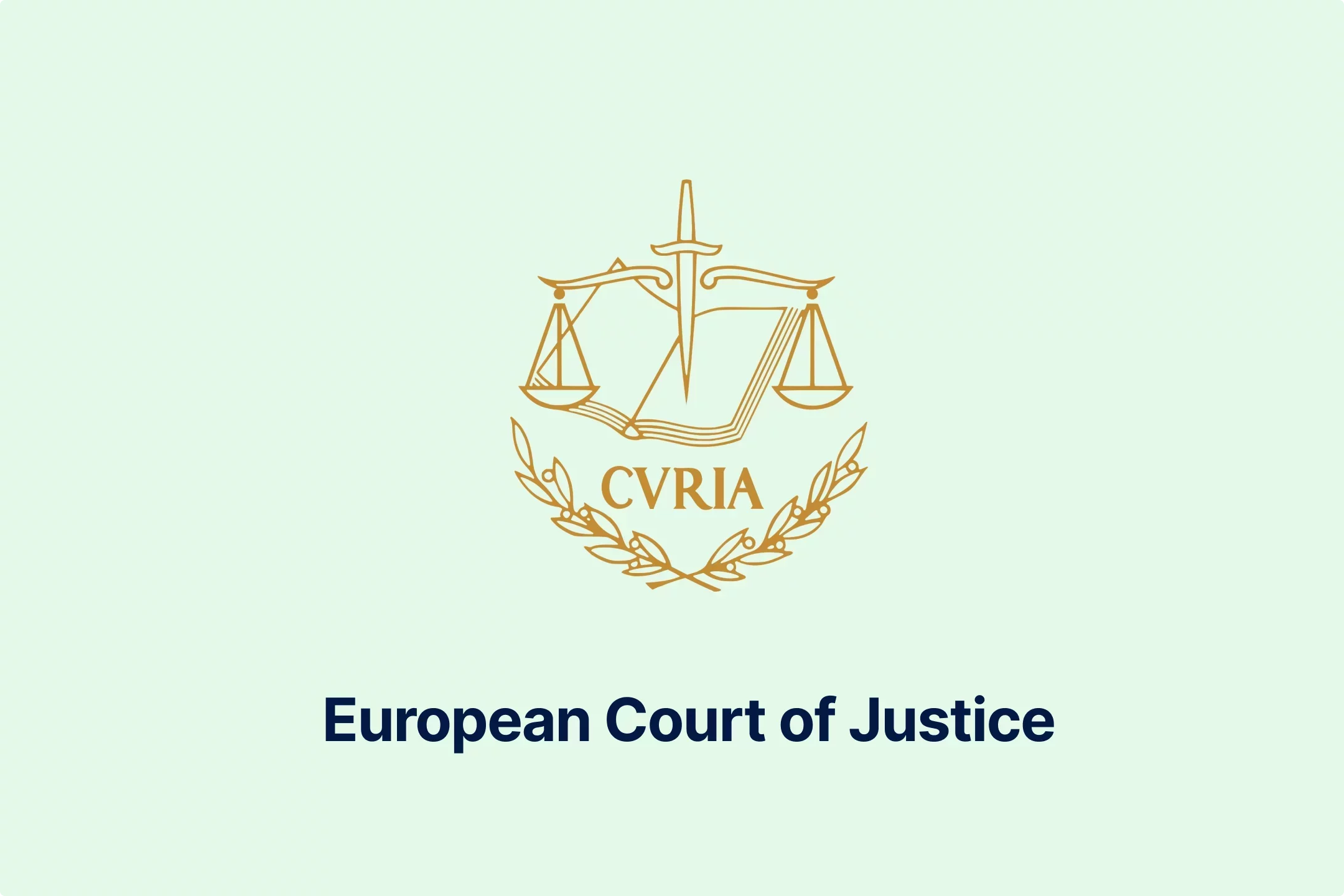
-z1d60bldtg.webp)
-d1a0q6n7mp.webp)
-viip8nvoeh.webp)
-bvv1otliox.webp)
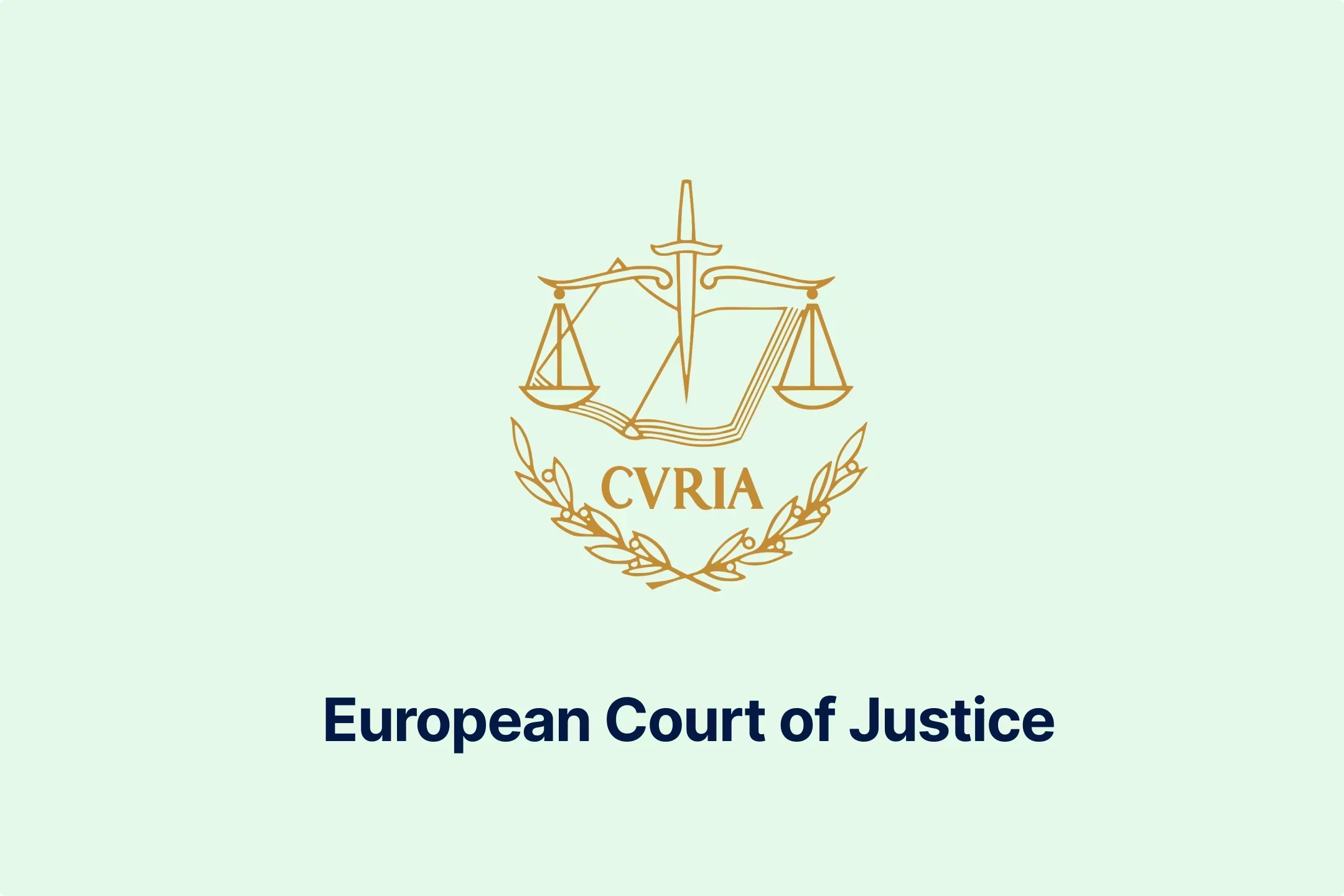

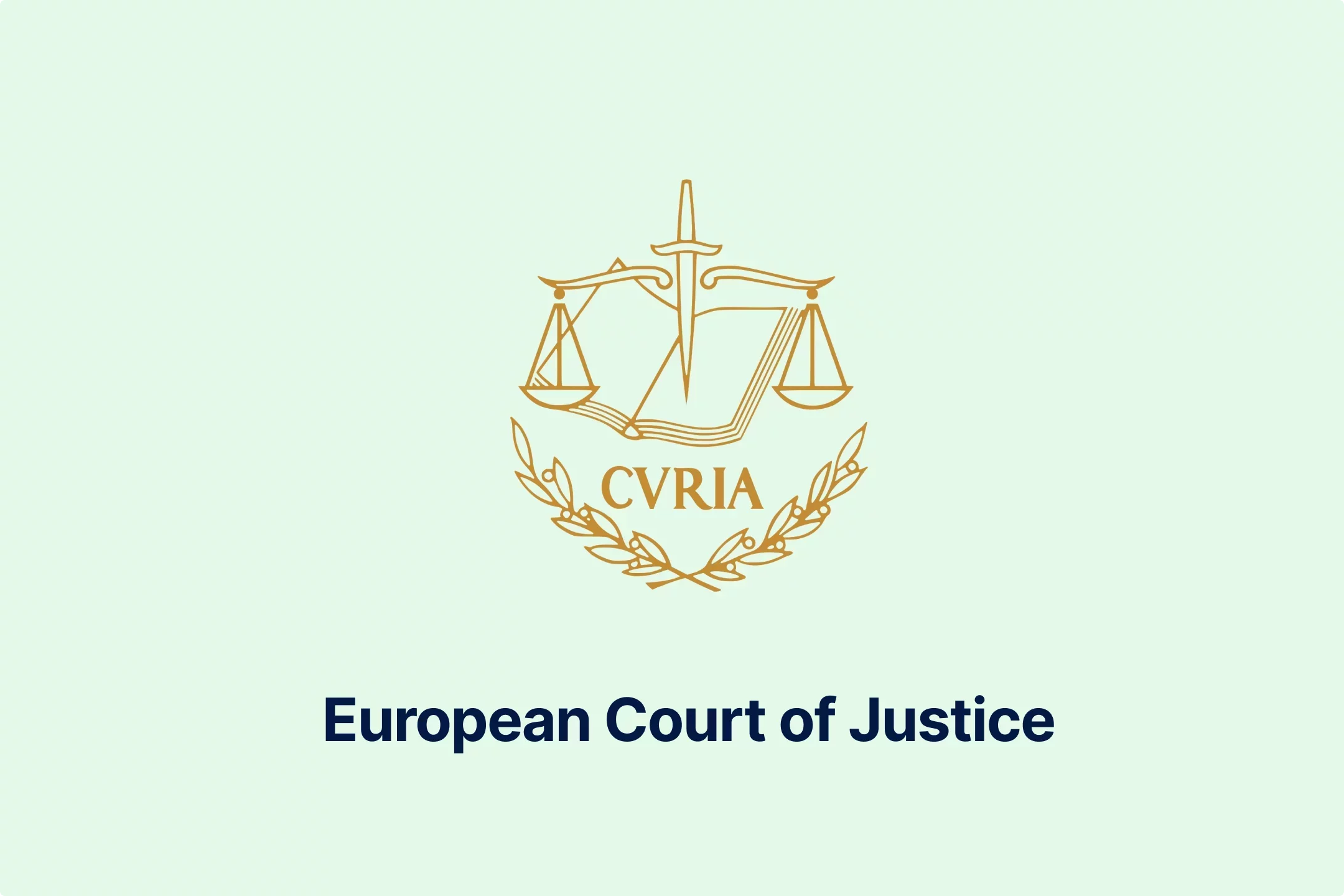
-de8hdb1bn3.webp)
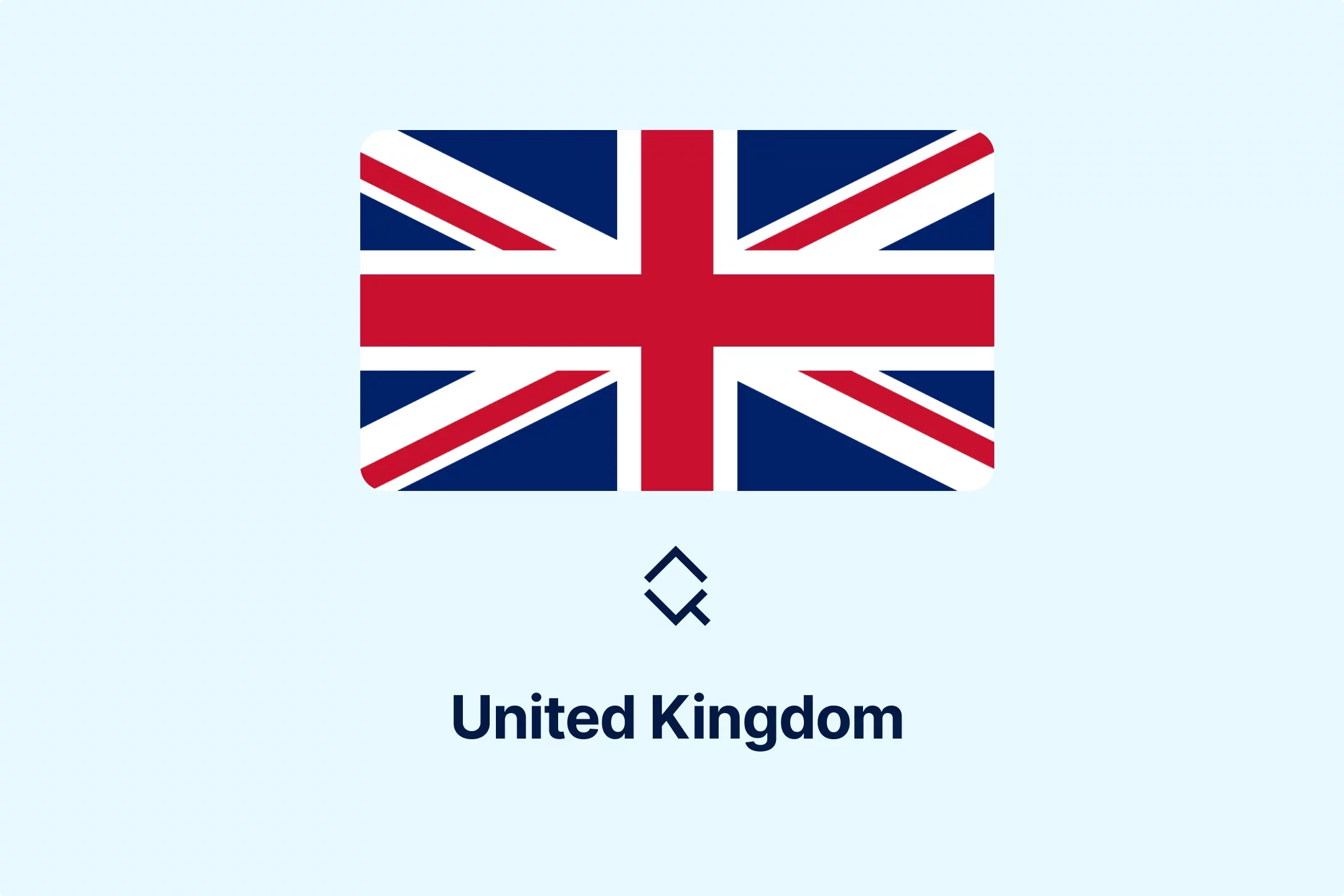
-cm0opezg73.webp)
-0tovsdupmi.webp)
-subxdamdj6.webp)
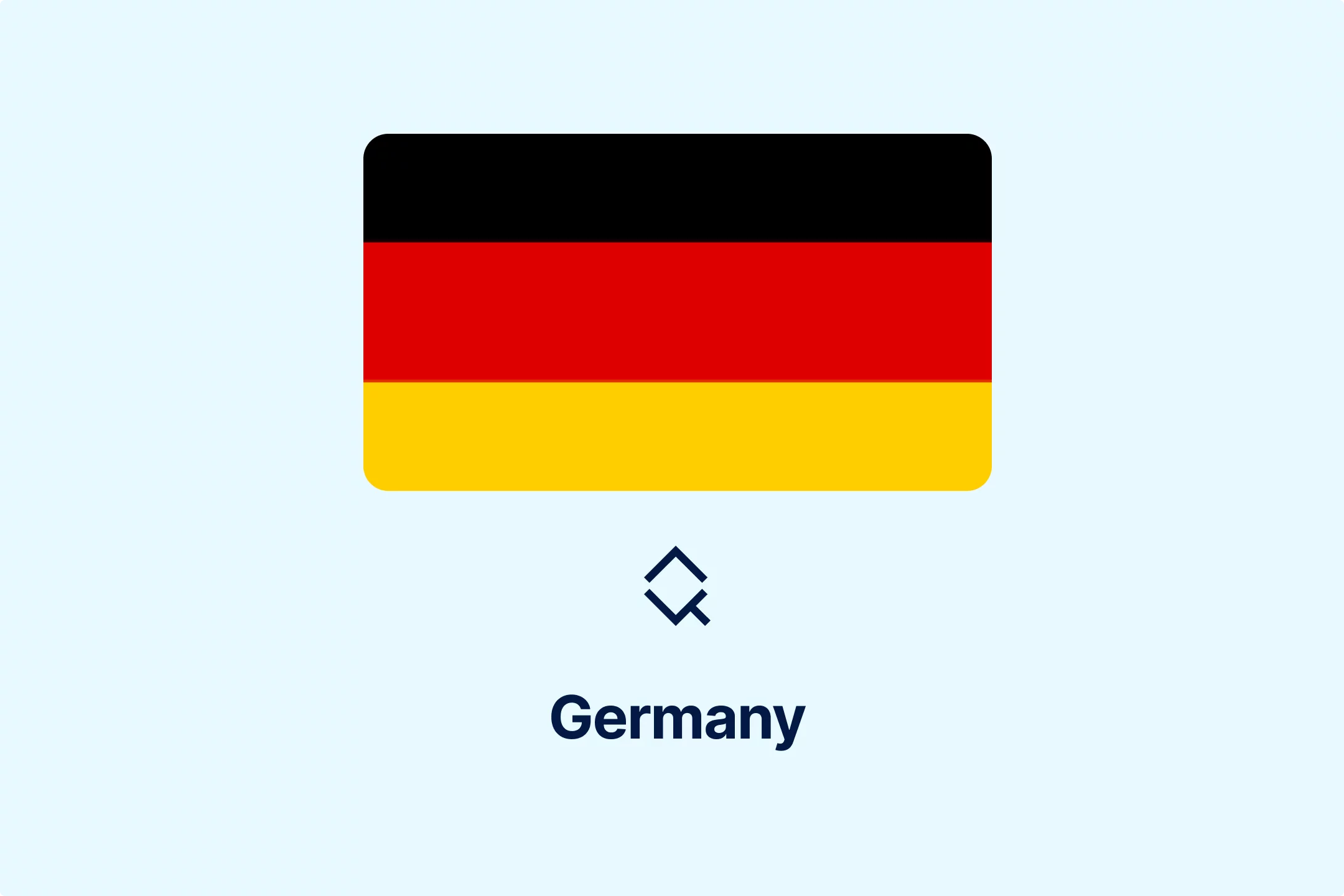
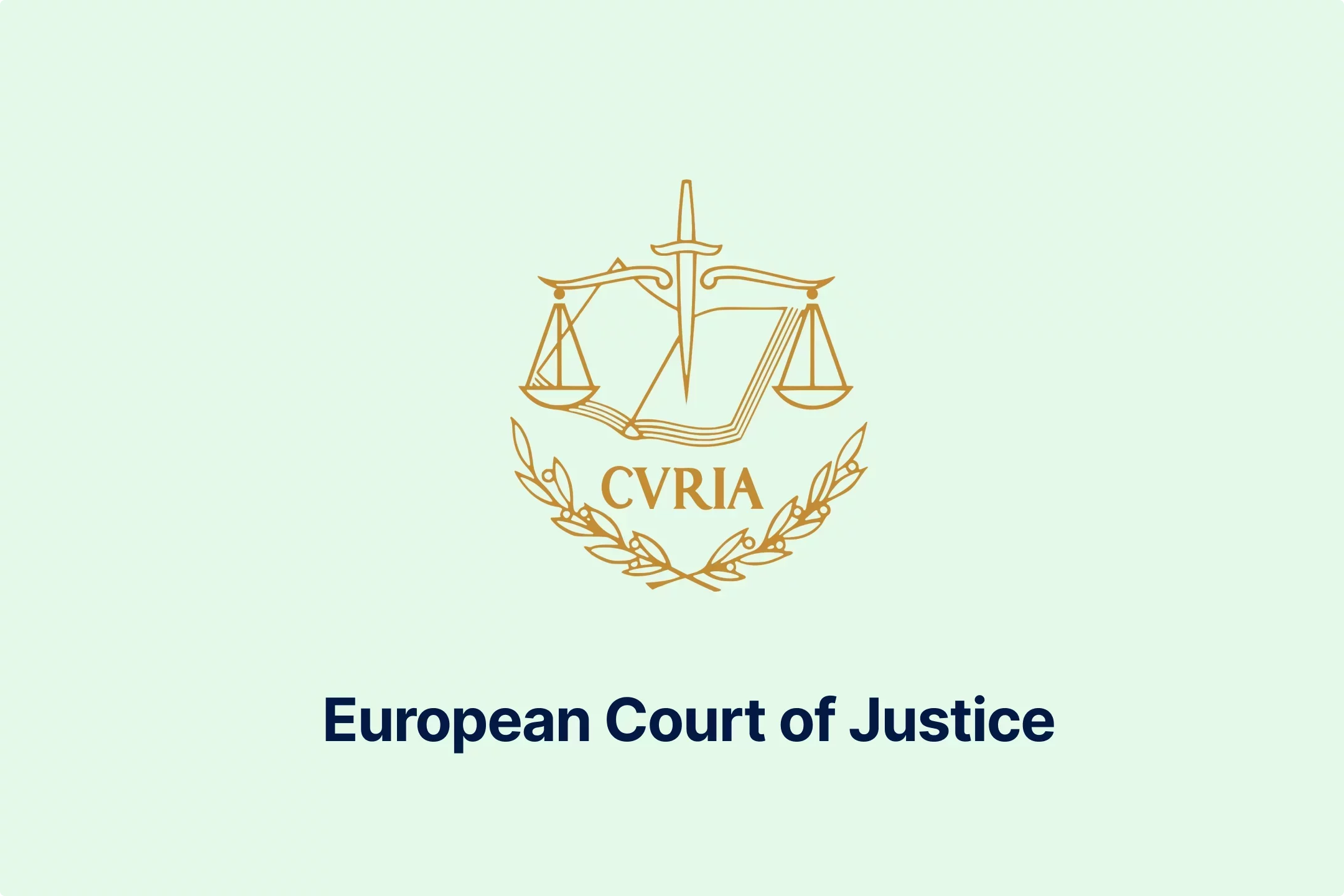
-gly6ablwnh.webp)
-gkduqhwbzh.webp)
-qpe1ld9vcj.webp)
-8noukwsmba.webp)
-aka29tuhkt.webp)


-fisvs27yrp.webp)


-mp0jakanyb.webp)

-aivzsuryuq.webp)



-o7f4ogsy06.webp)

-zjja92wdje.webp)
-hrbhdts8ry.webp)
-qtdkwpgkug.webp)


-cf8ccgah0p.webp)
-0em3cif5s6.webp)





-ptzesl0kij.webp)

-tfzv42pyms.webp)






-uodv7sfbih.webp)



-m2tl8crfqr.webp)


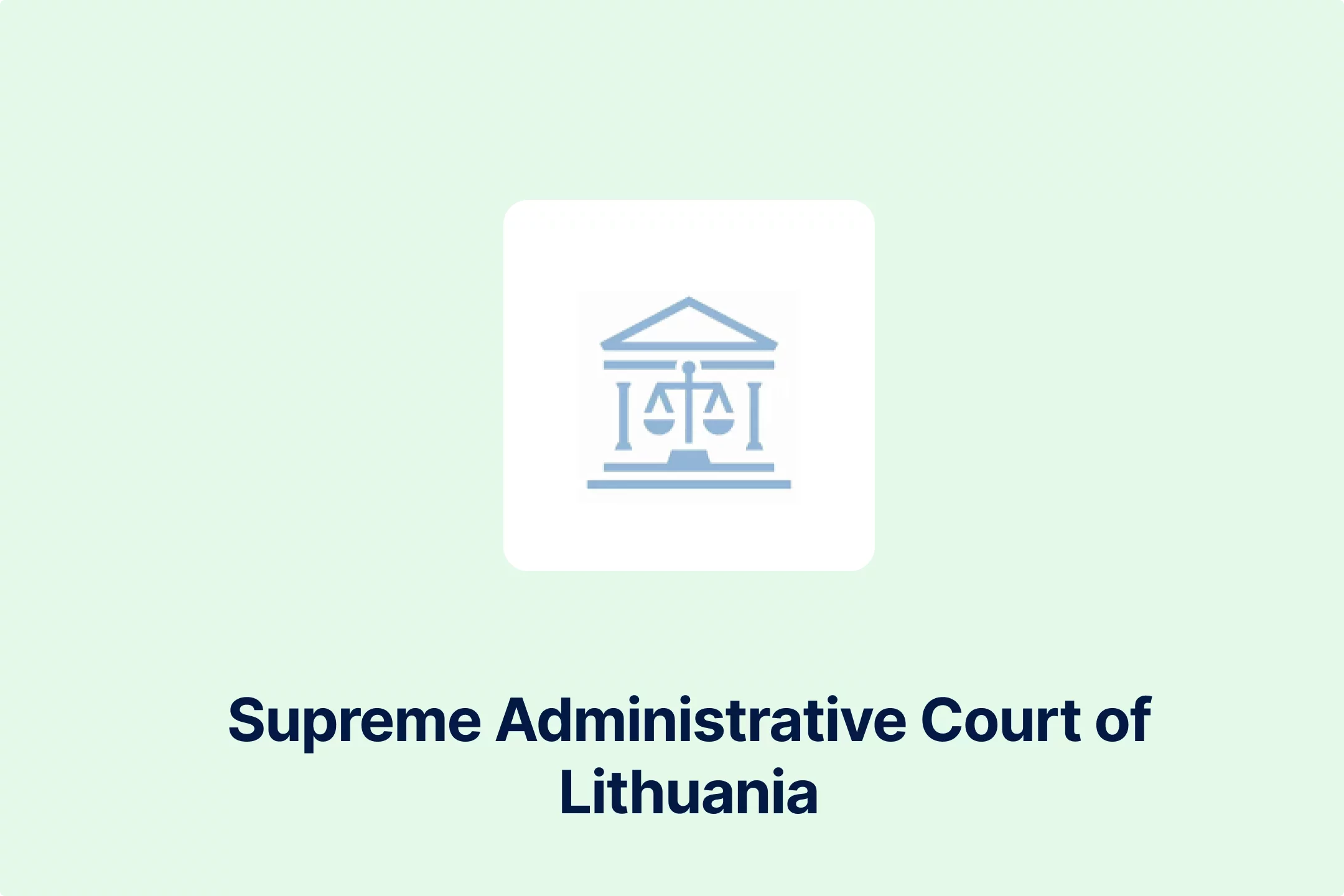

-1awbqjgpjs.webp)
-avbjsn1k1g.webp)


-0h8ohkx6s0.webp)


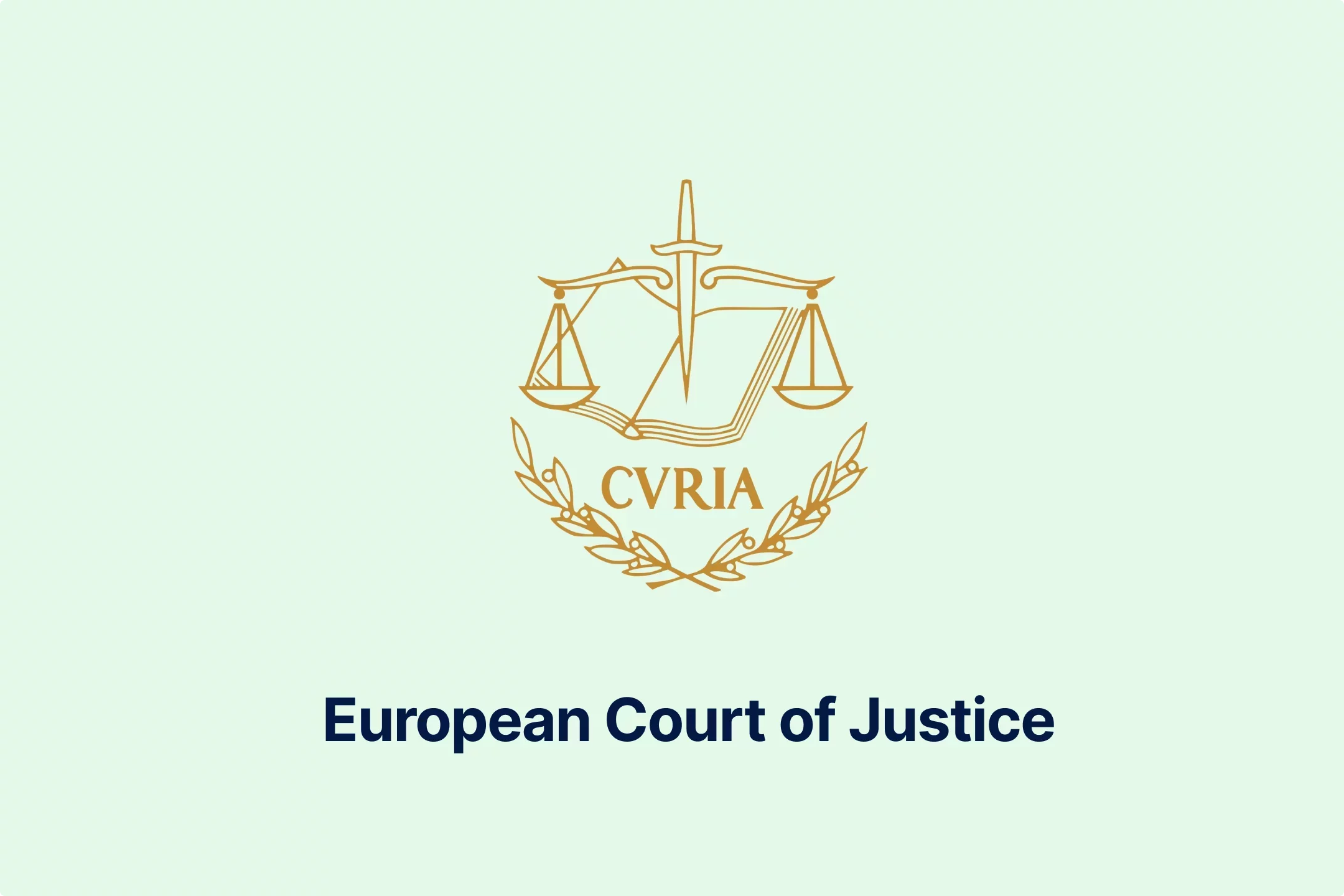
-wfmqhtc7i6.webp)
-7wljbof2zo.webp)
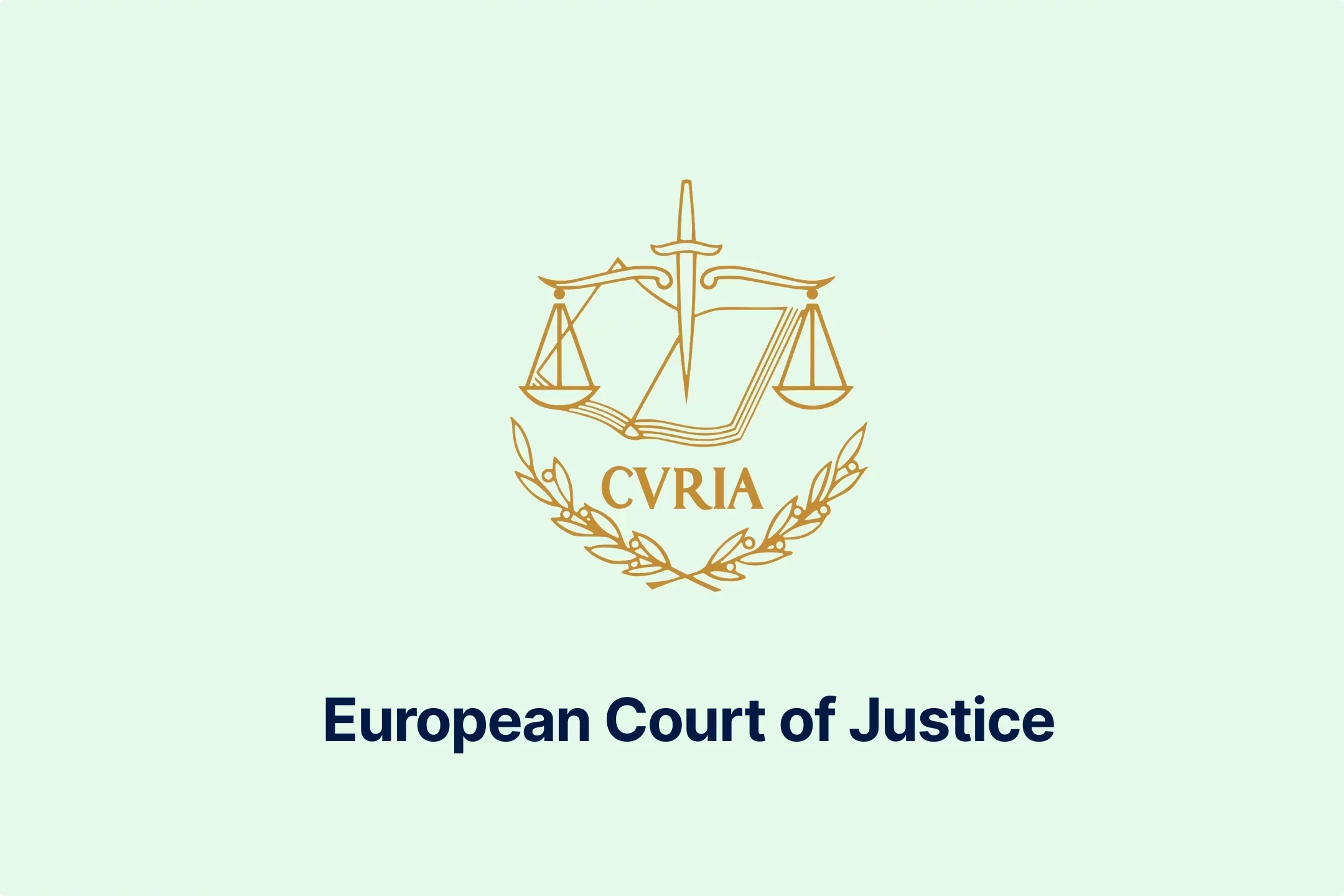
-eqt97uyekl.webp)
-wzw9mcf563.webp)

-z4oxr6i0zd.webp)




-fhtic1pwml.webp)

-iipdguuz9p.webp)
-nkhhwrnggm.webp)
-pltqwerr3w.webp)

-nn6mtfbneq.webp)

-tmnklelfku.webp)



-8z1msbdibu.webp)
-7g16lgggrv.webp)



-lxcwgtzitc.webp)
-9mc55kqwtx.webp)


-xla7j3cxwz.webp)
-jrdryw2eil.webp)





-t9qr49xs2u.webp)


-qjopq5jplv.webp)



-vune1zdqex.webp)

-rgjta7iwiv.webp)

-zb6bxxws47.webp)
-lyfjzw4okp.webp)

-ogpfmol5m1.png)


-czisebympl.png)

-zetvivc79v.png)
-ud7ylvkade.png)
-qizq6w2v5z.png)







-ihr6b4mpo1.webp)
-k1j4au0ph6.webp)
-swxxcatugi.webp)


-ig9tutqopw.webp)

-tauoa6ziym.webp)

-spr0wydvvg.webp)
-xfuognajem.webp)





-u2nv5luoqc.webp)








-opuxpan2iu.webp)




-kwttsfd8ow.webp)
-8u14qi10nj.webp)

-wjpr96aq5g.webp)

.png)

.png)


.png)


.png)



.png)
.png)
.png)
.png)
.png)

.png)
.png)




.png)
.png)




































































































































